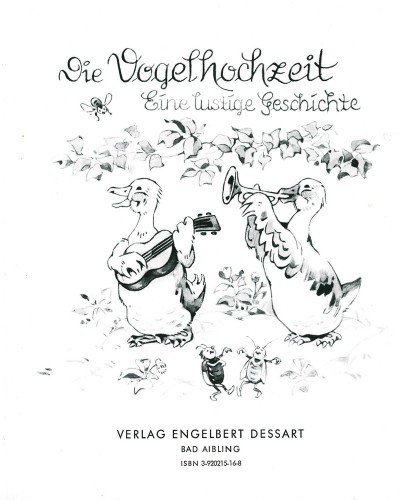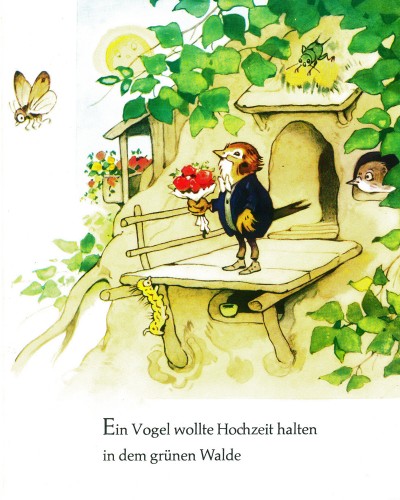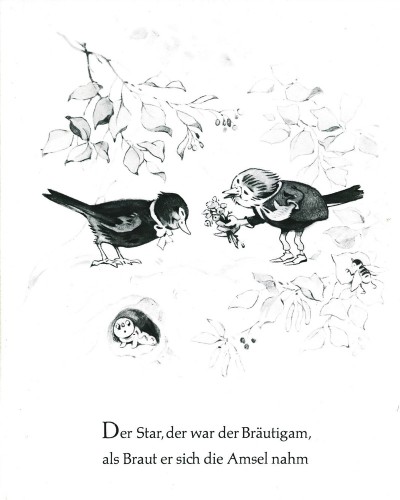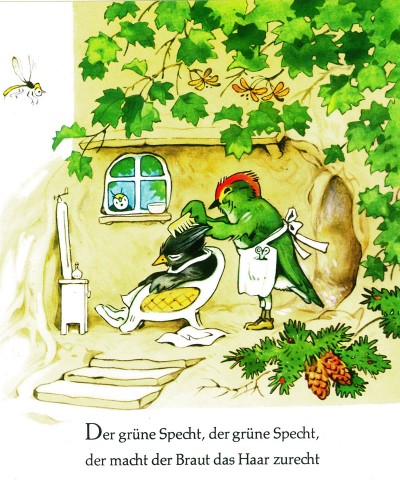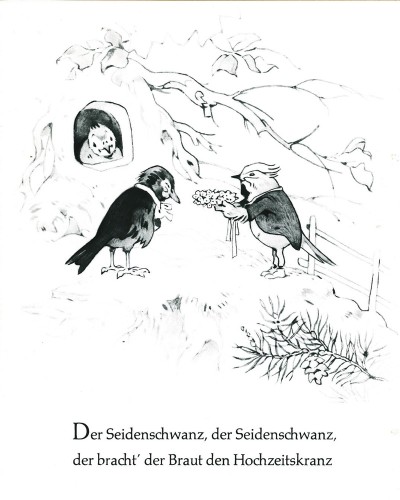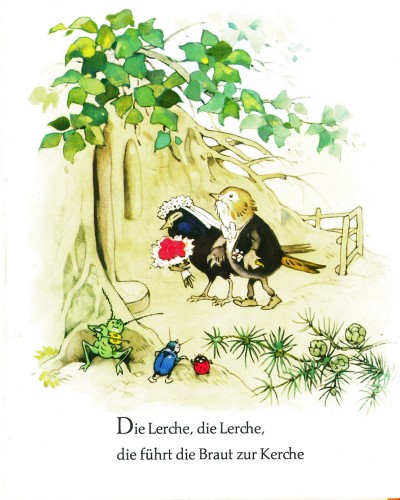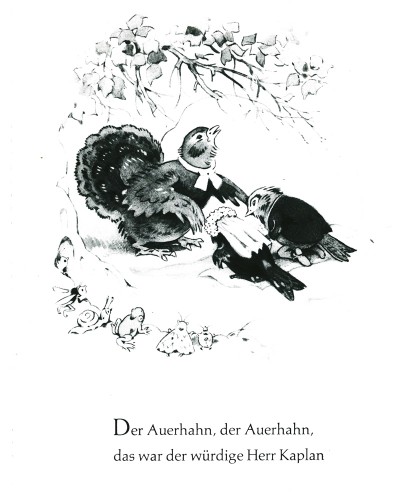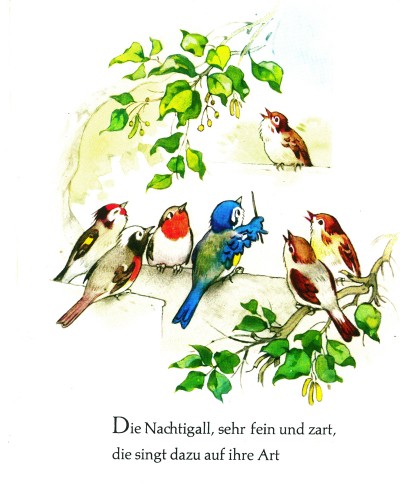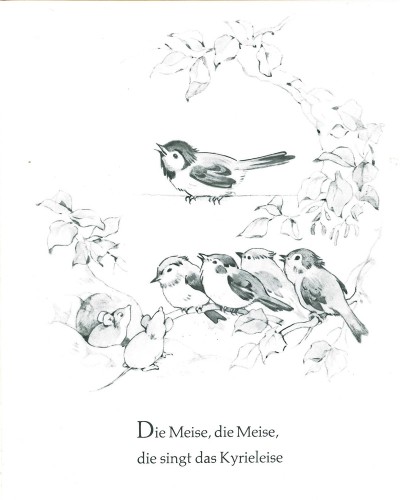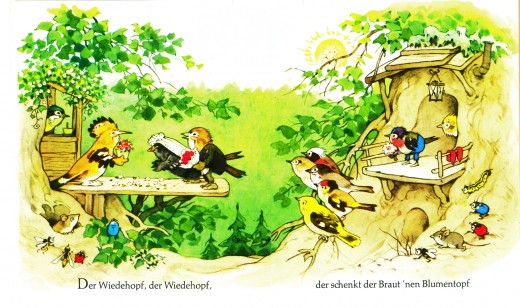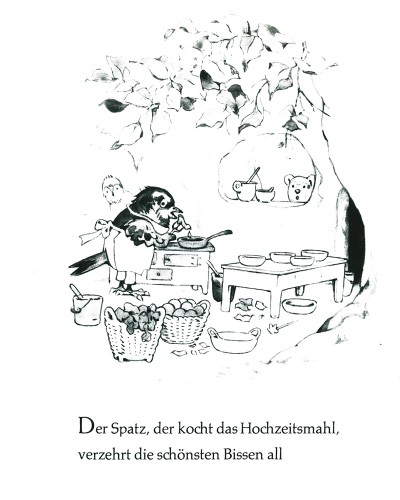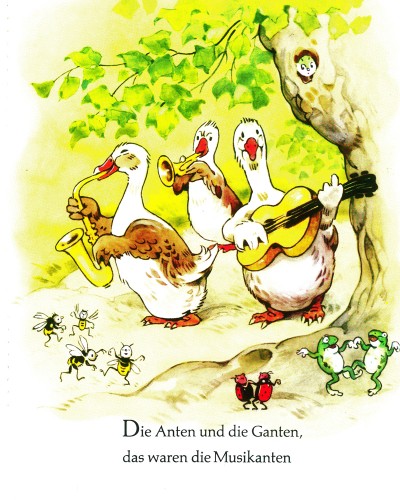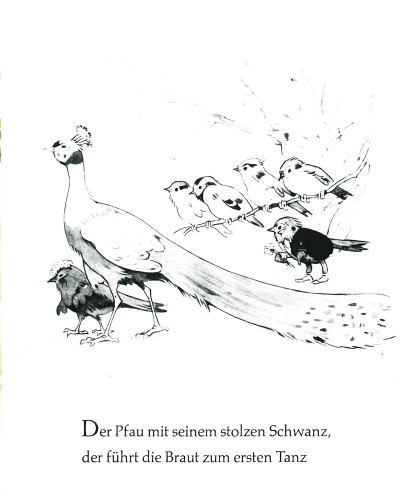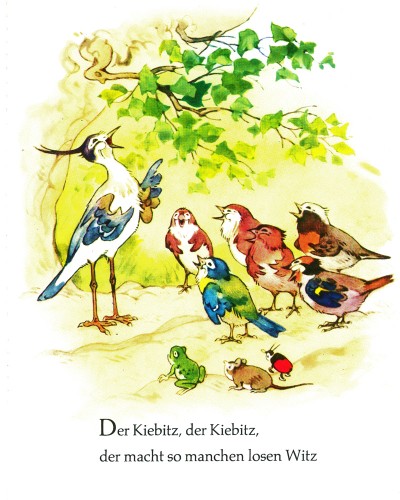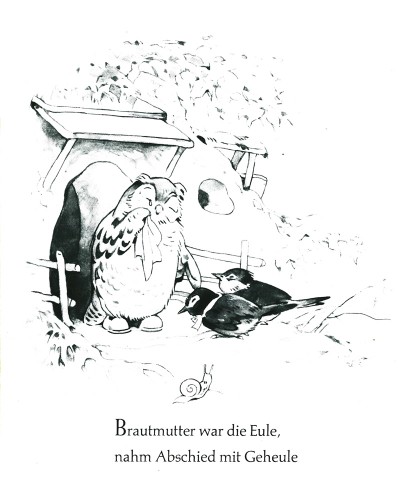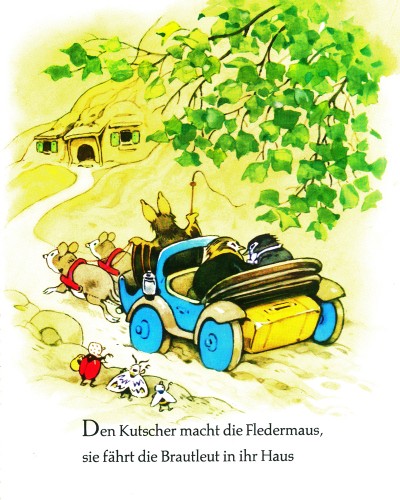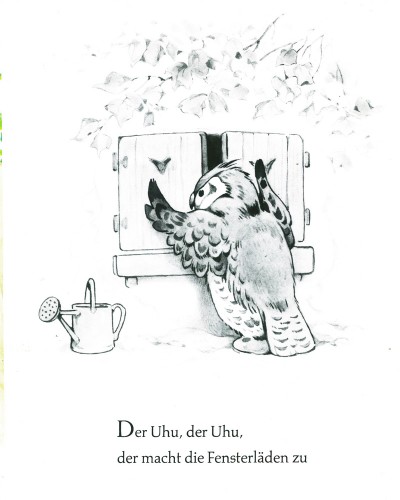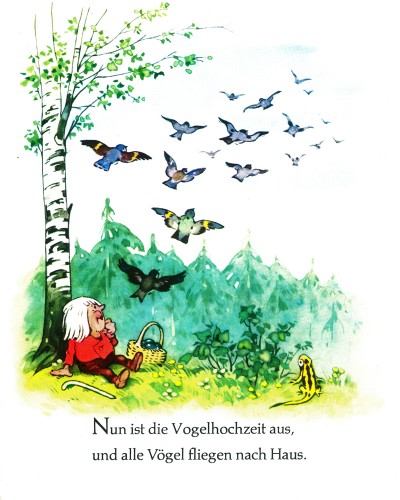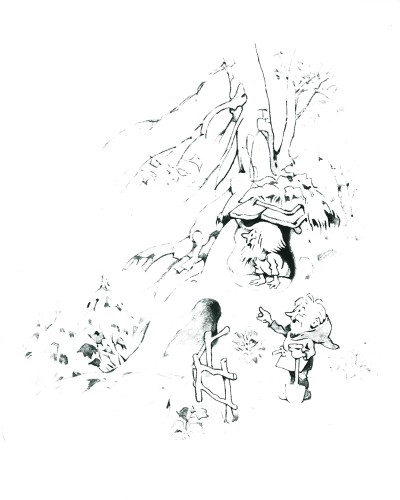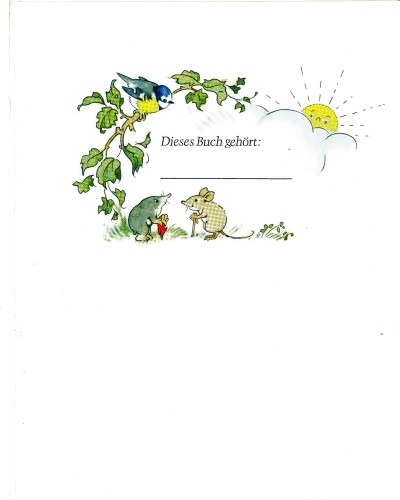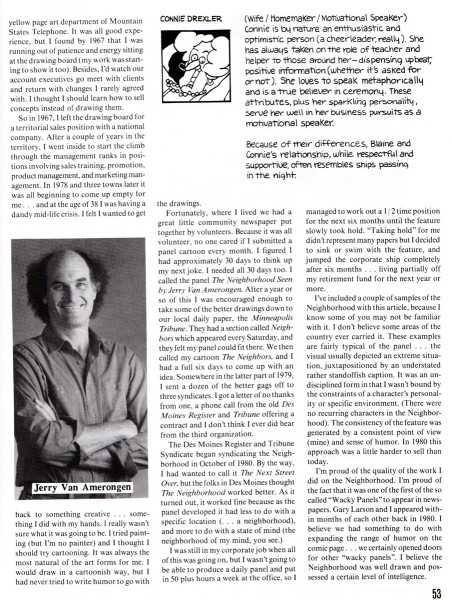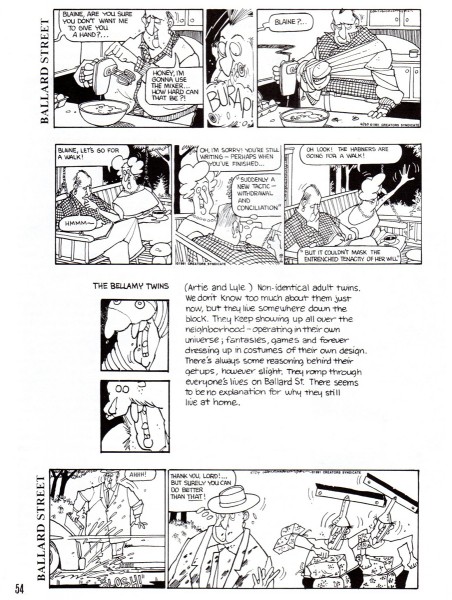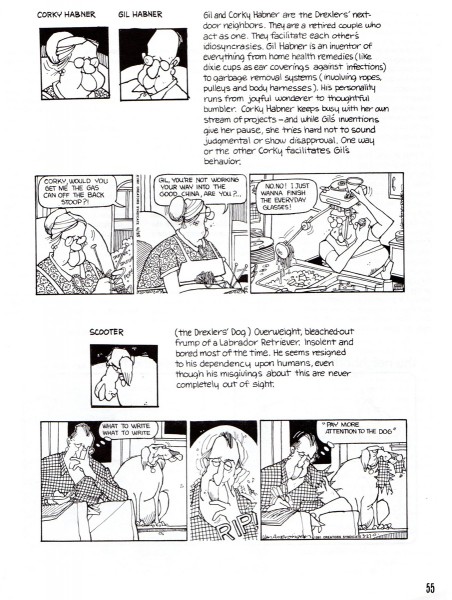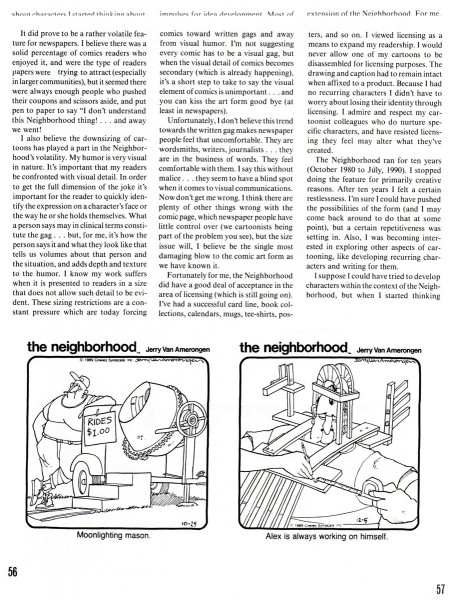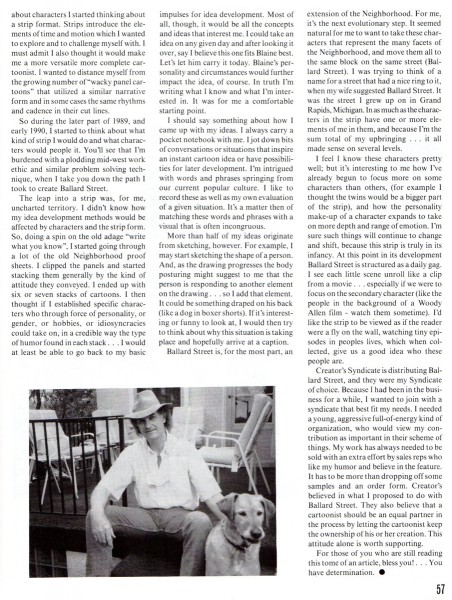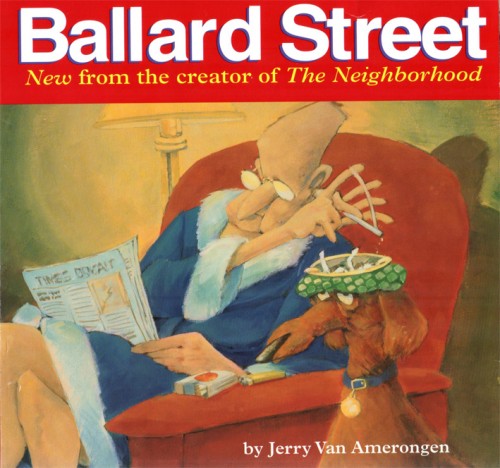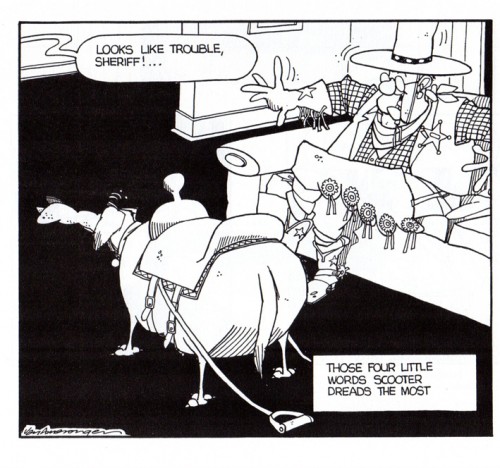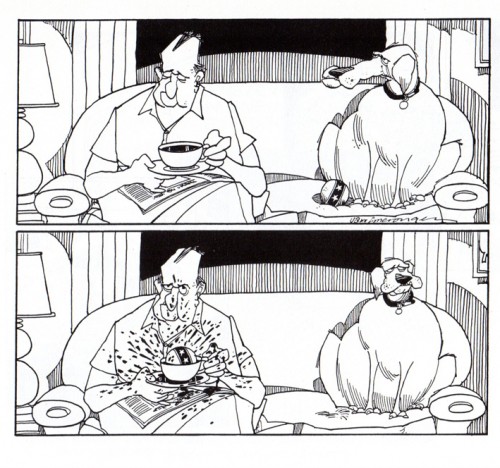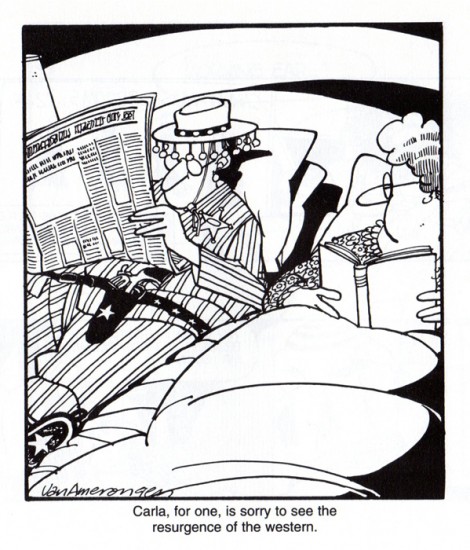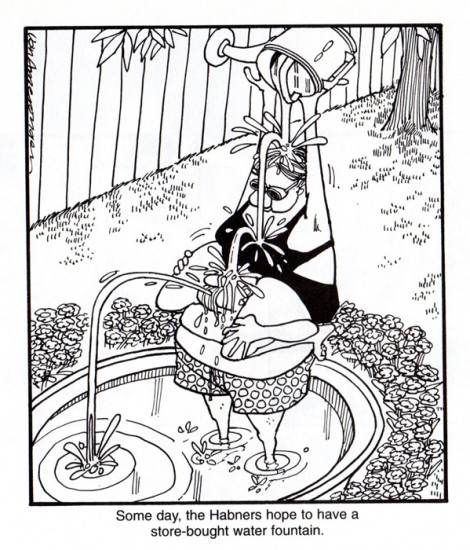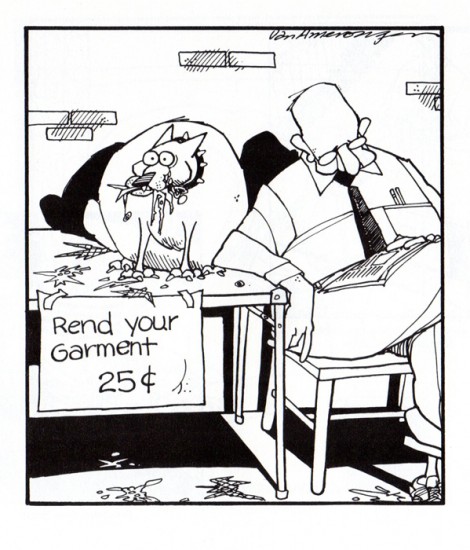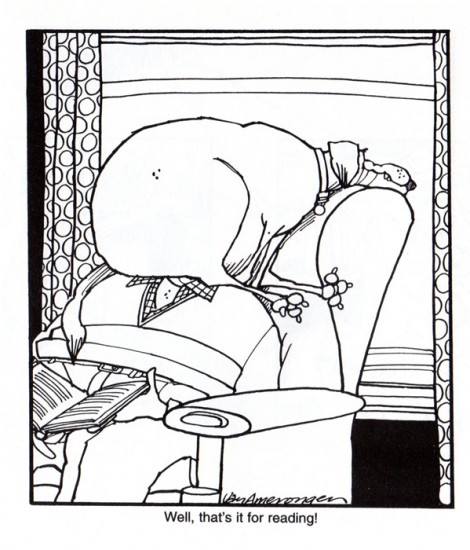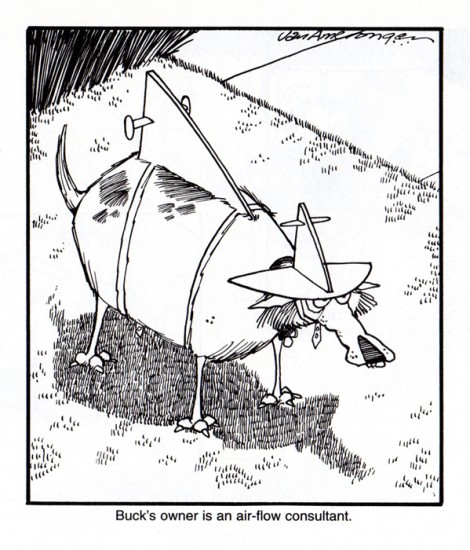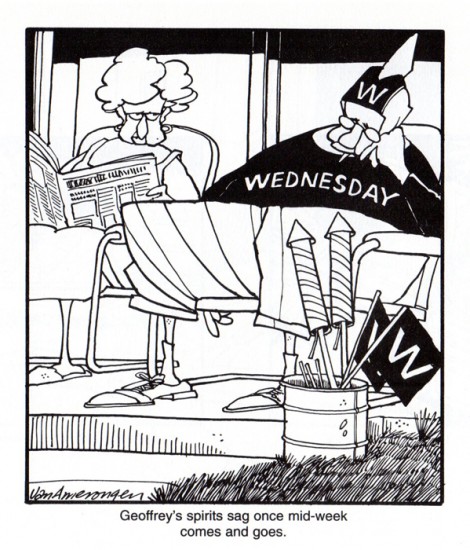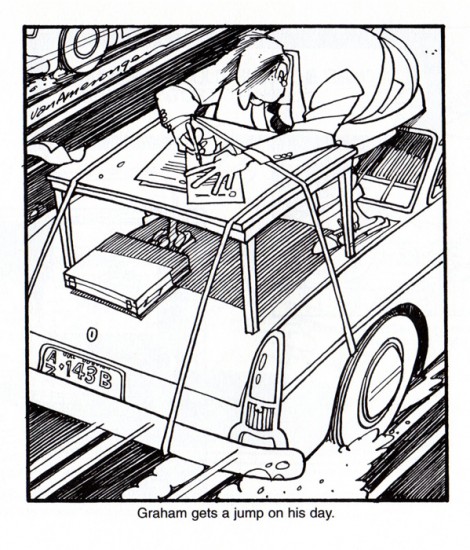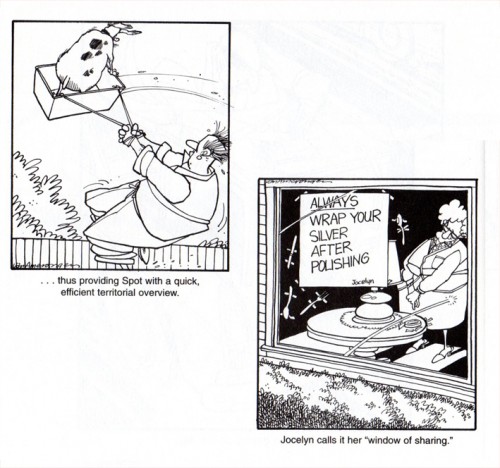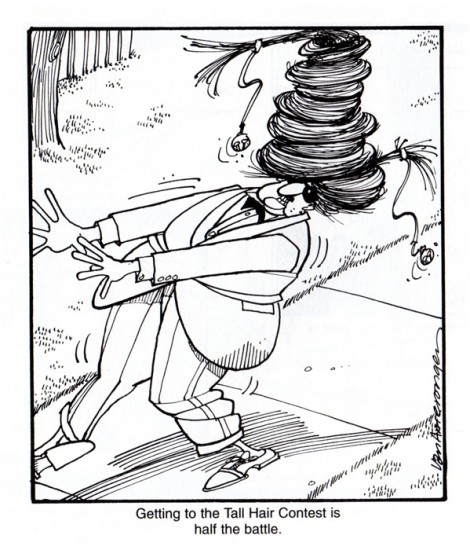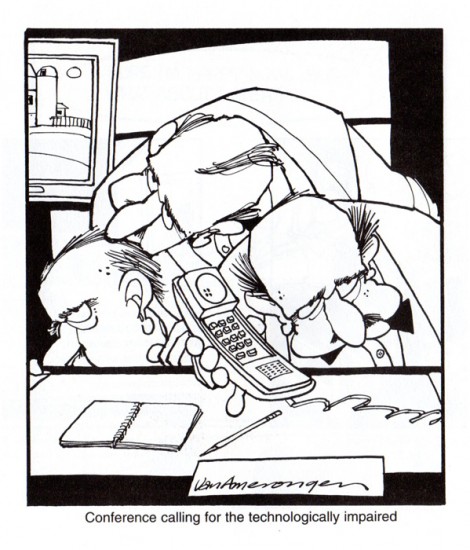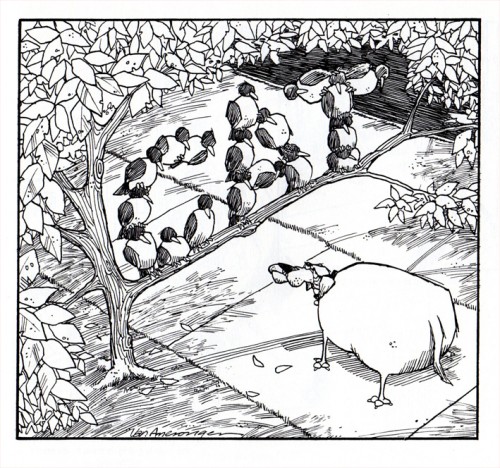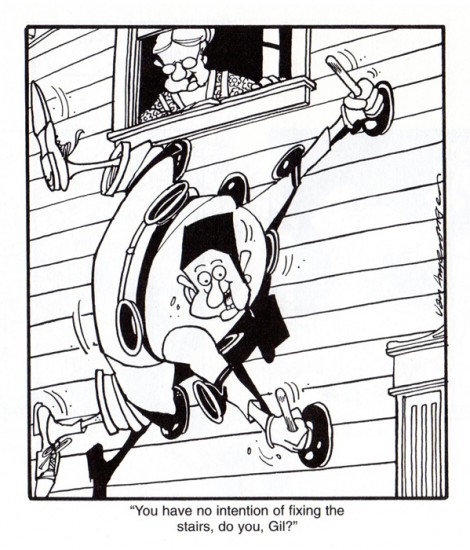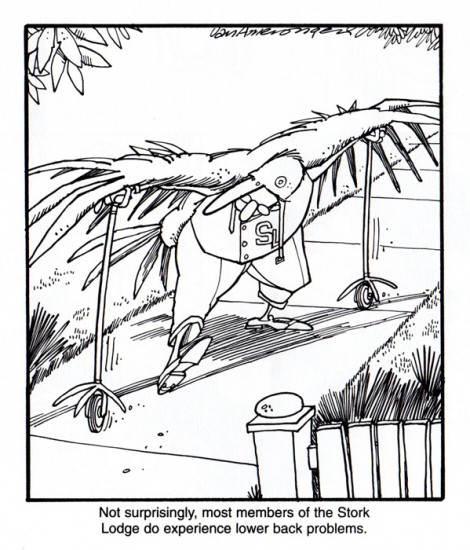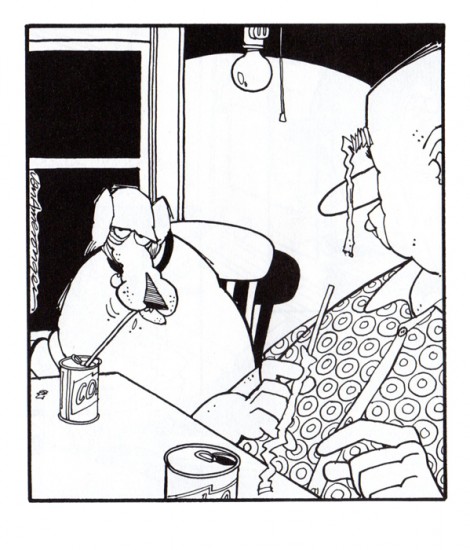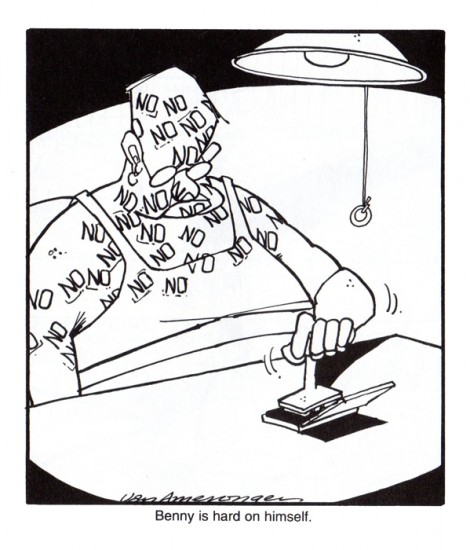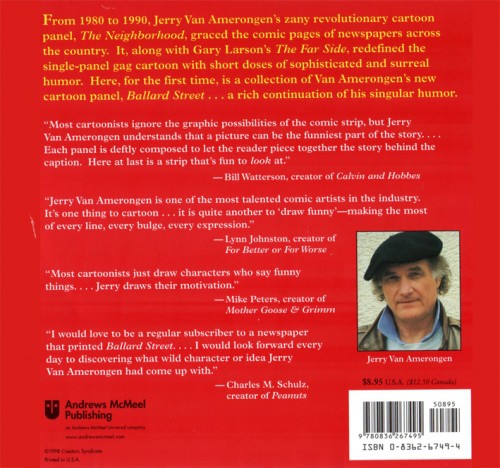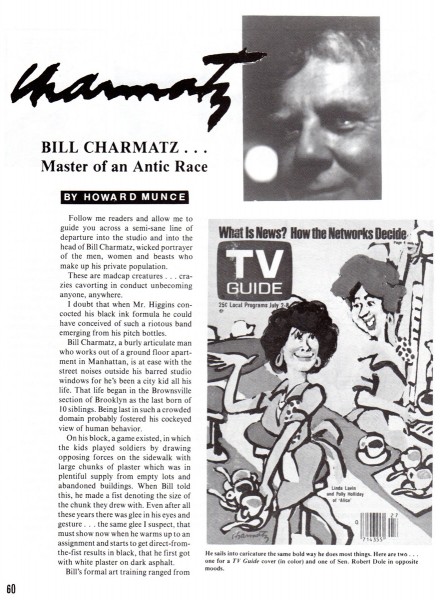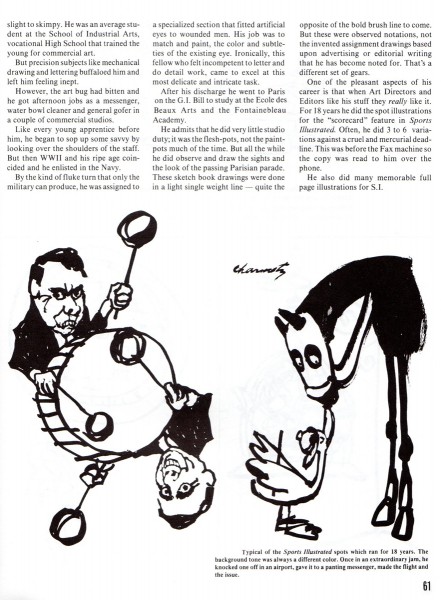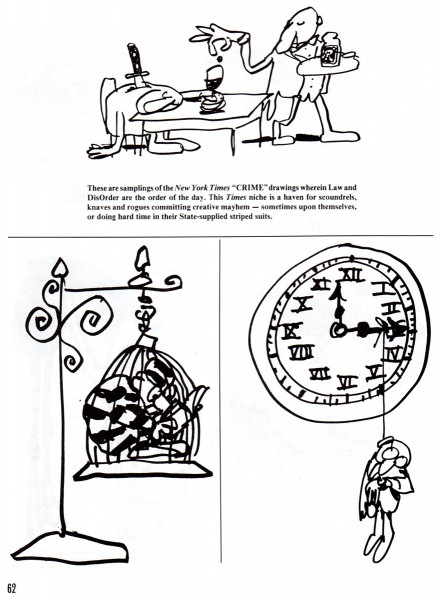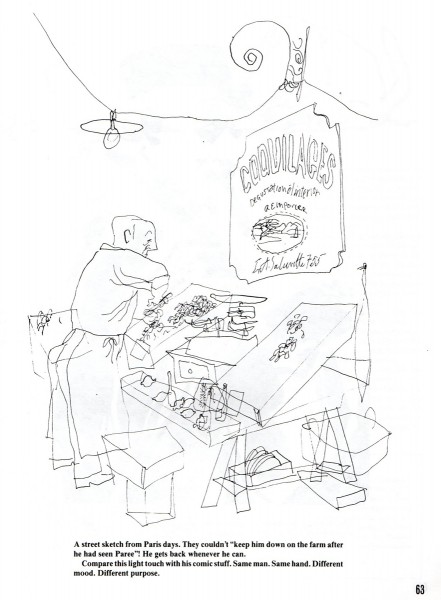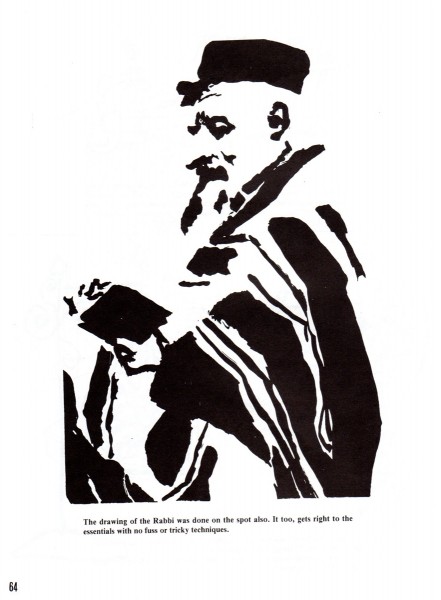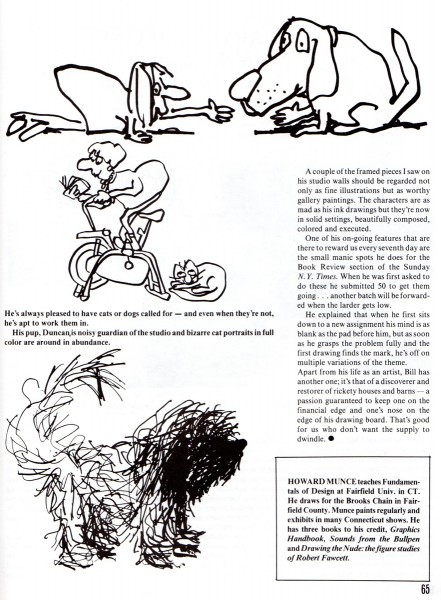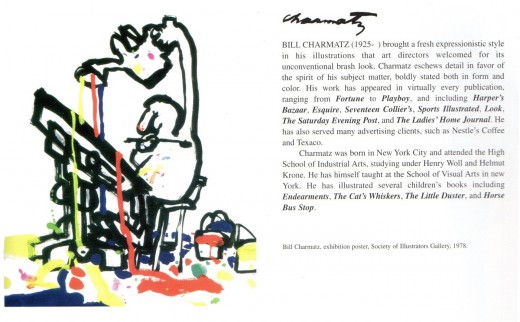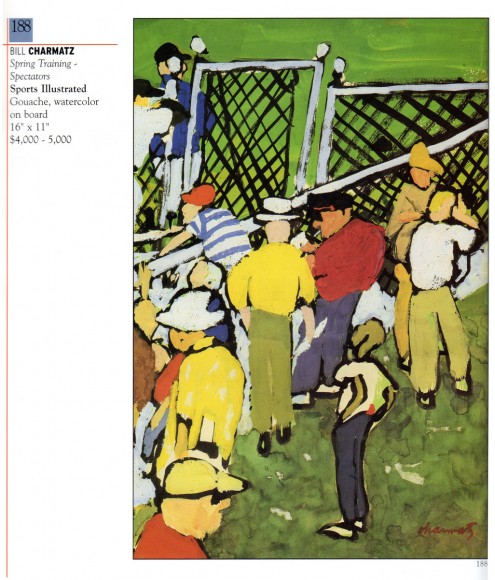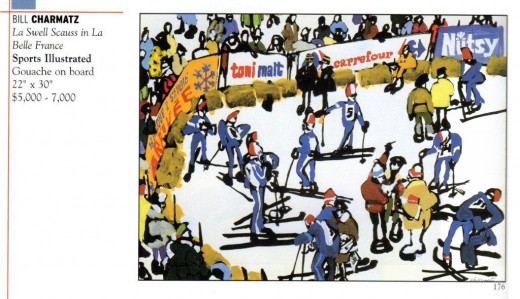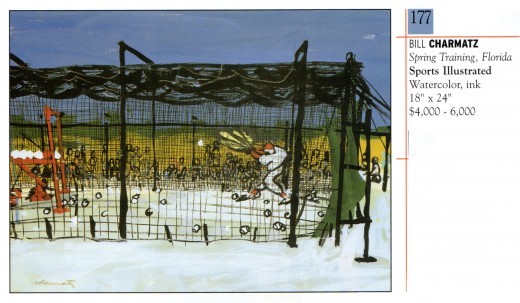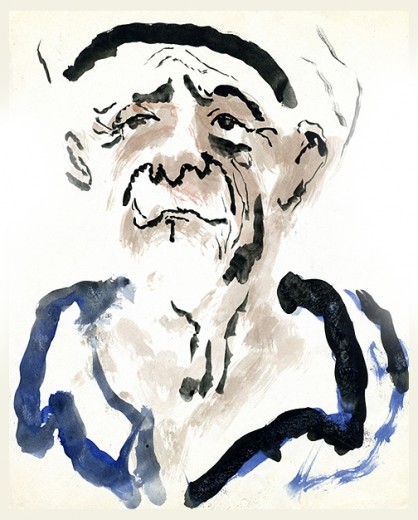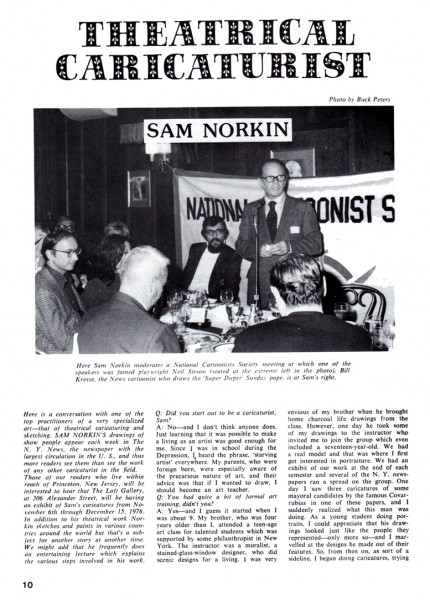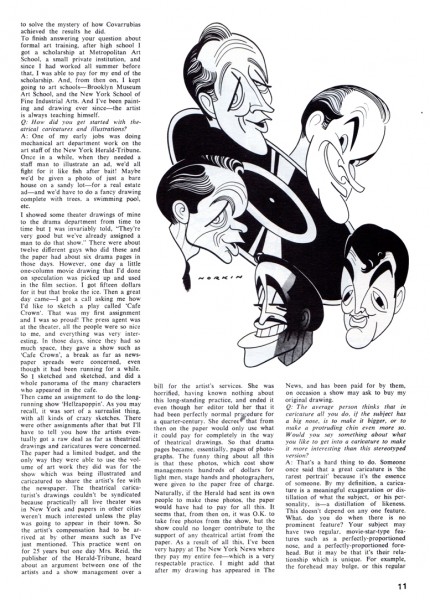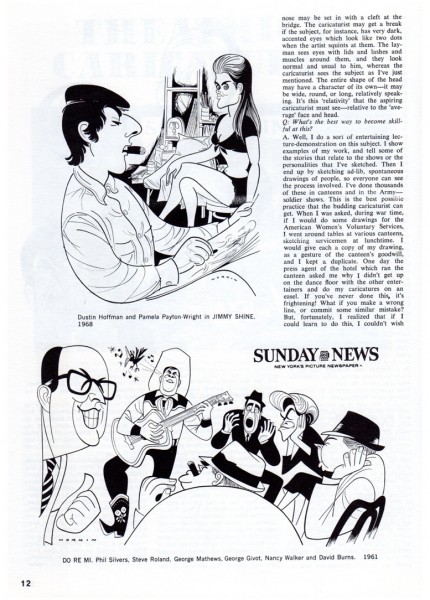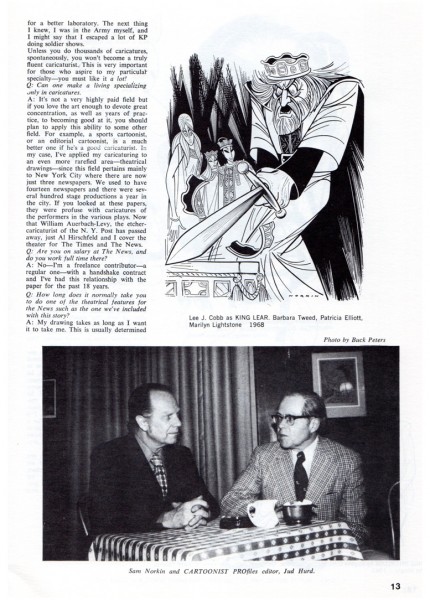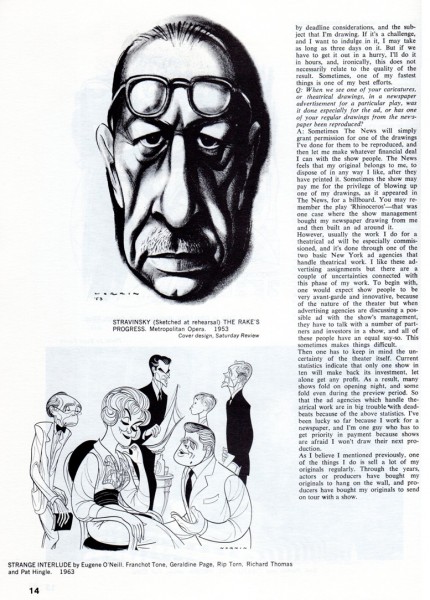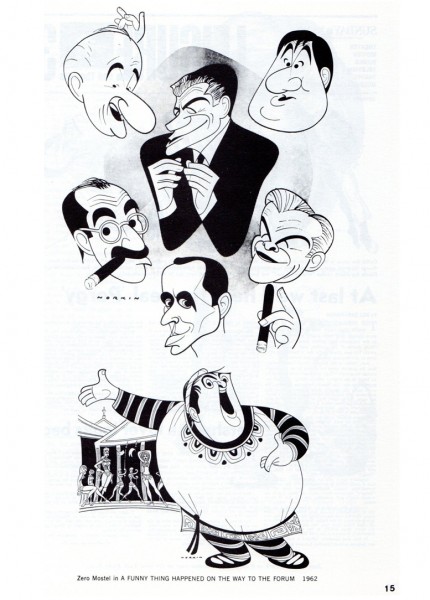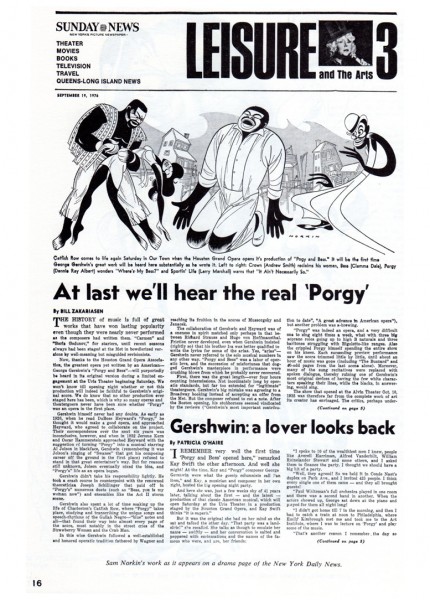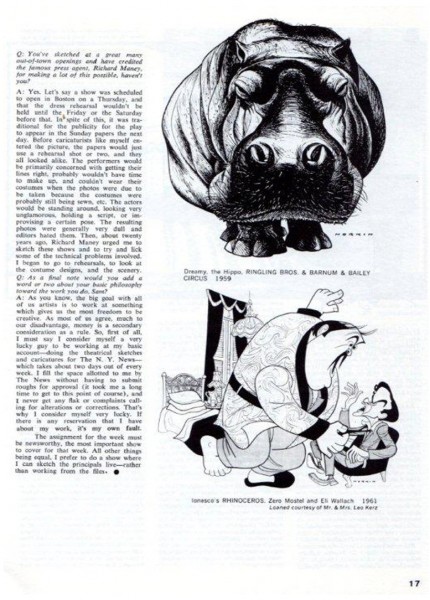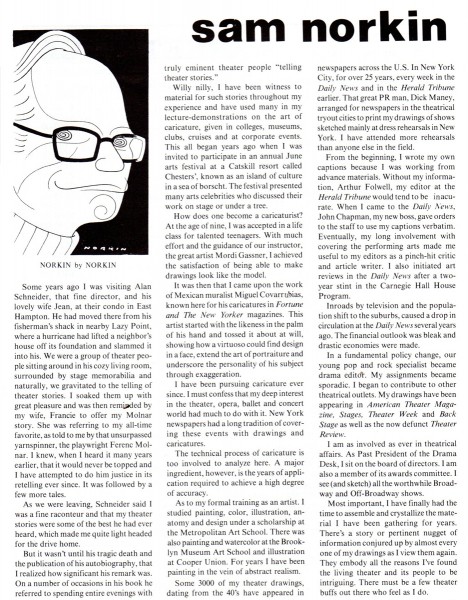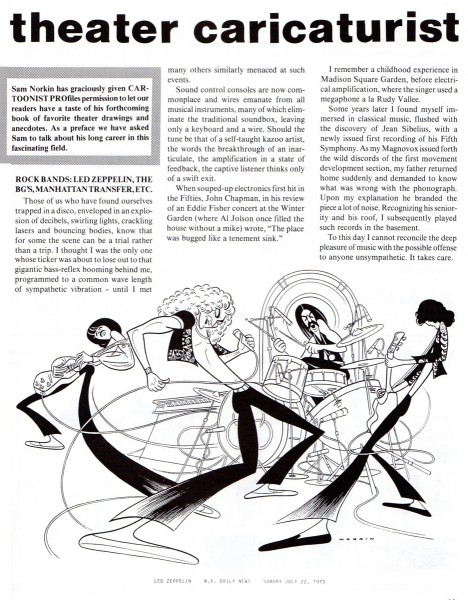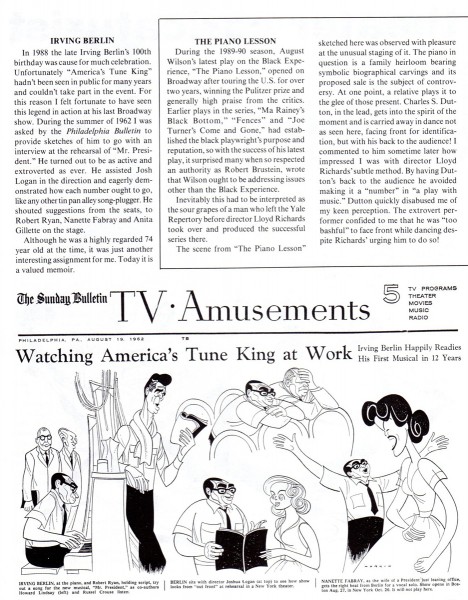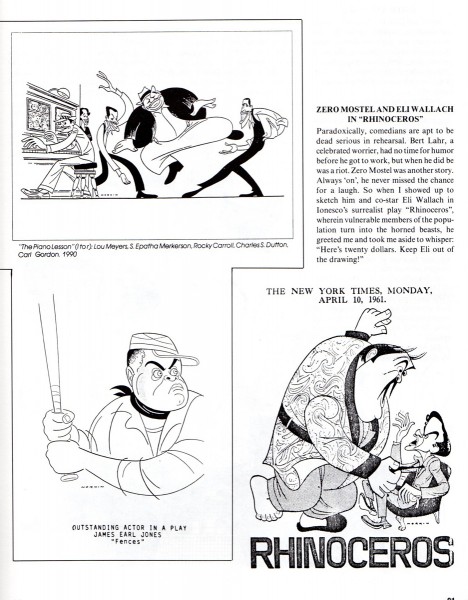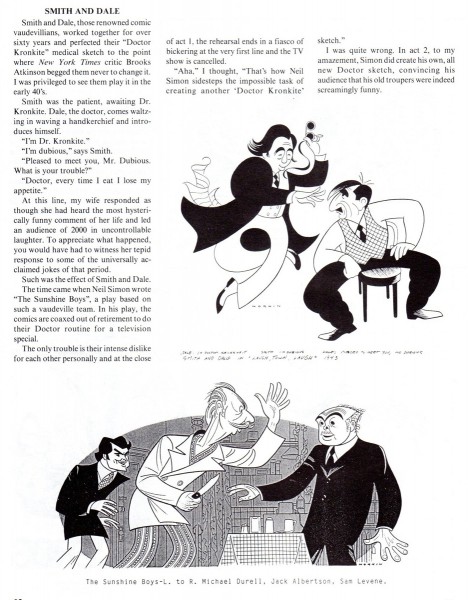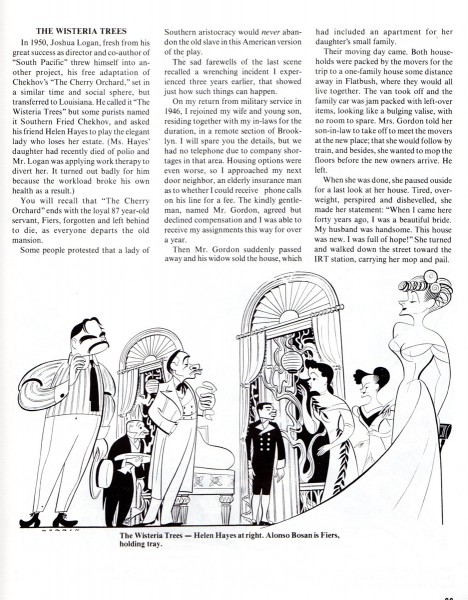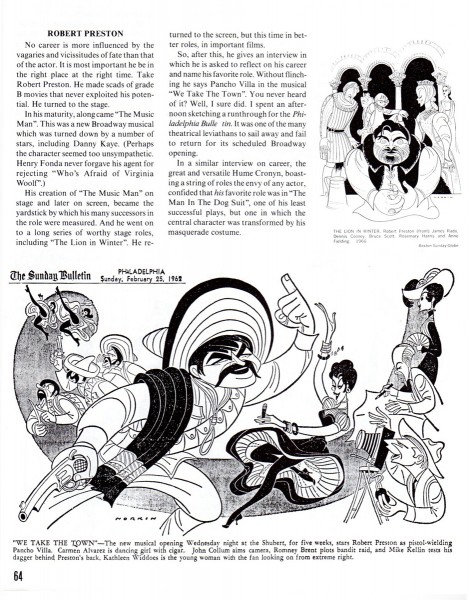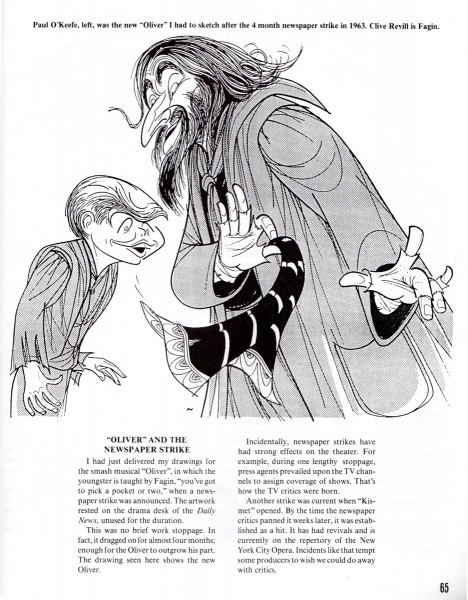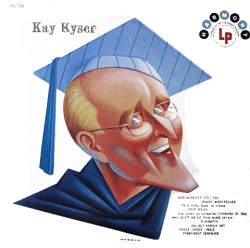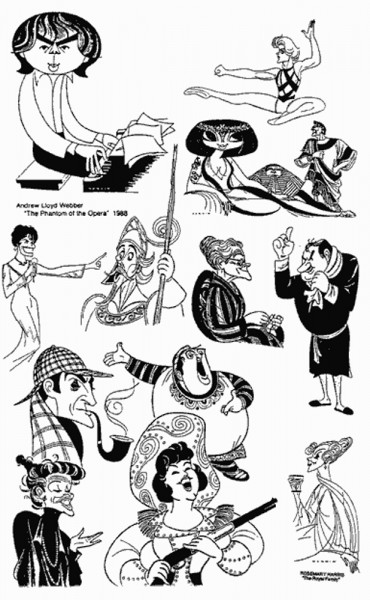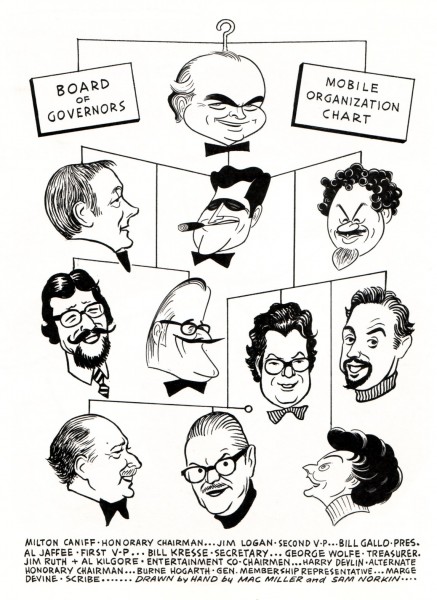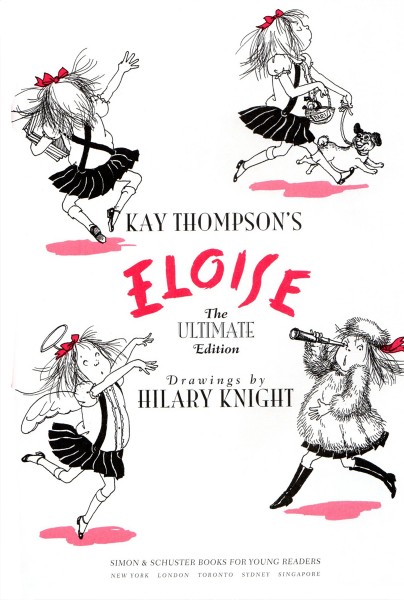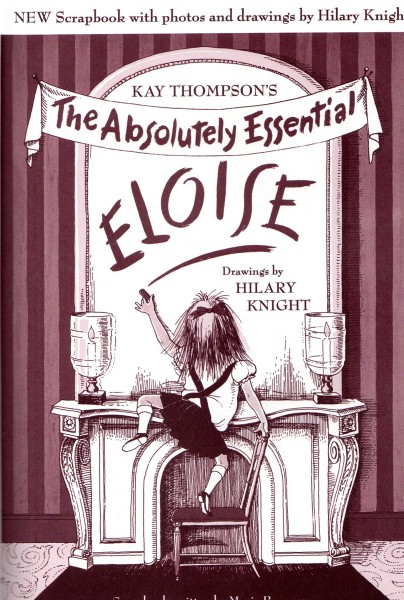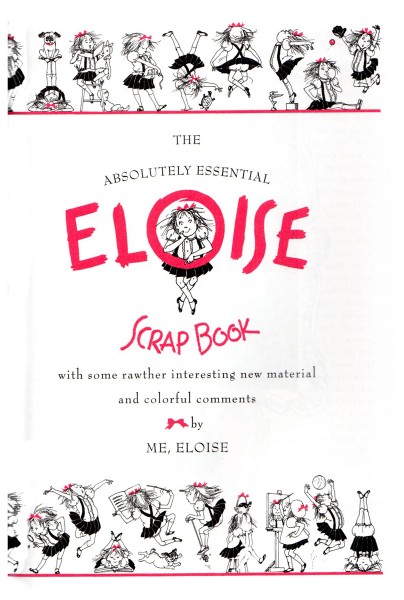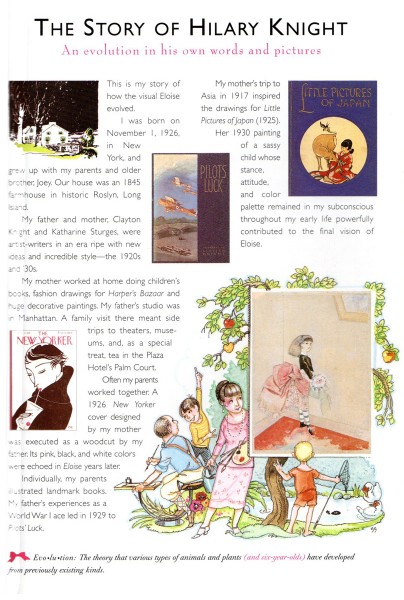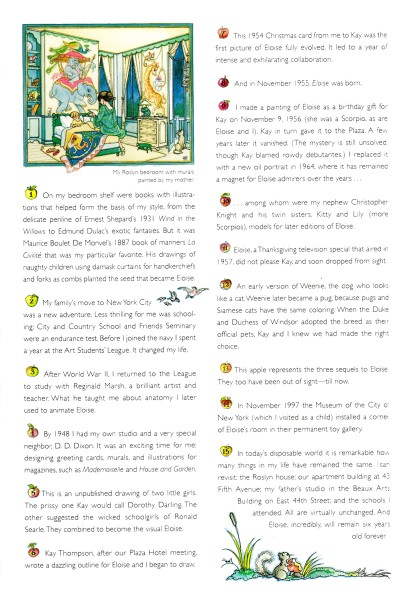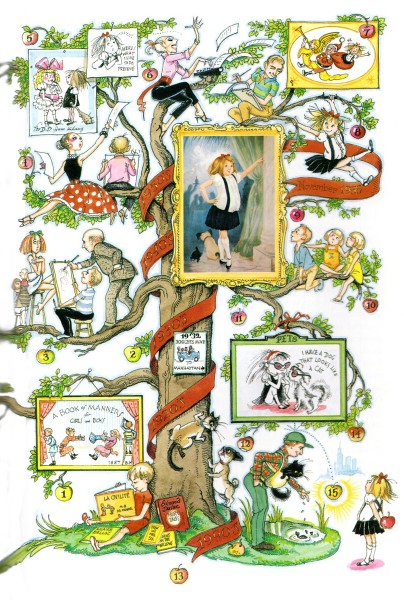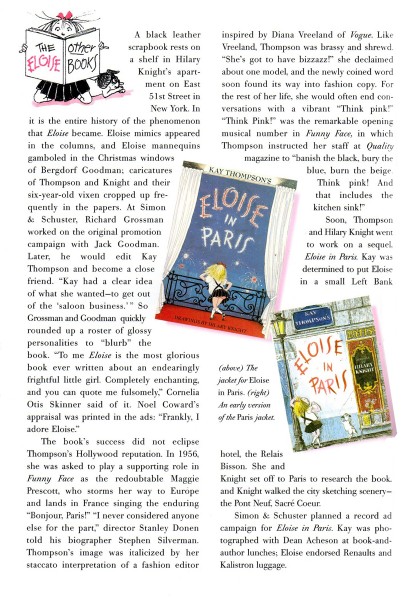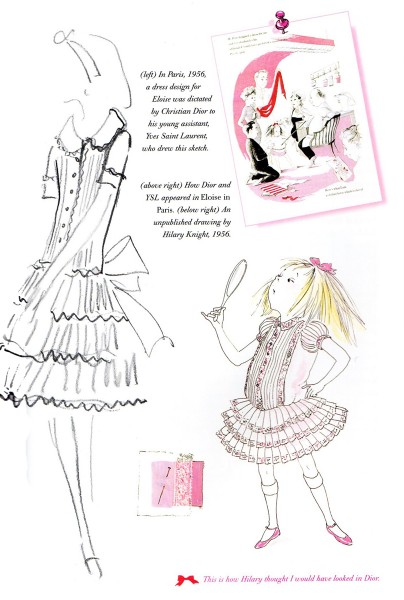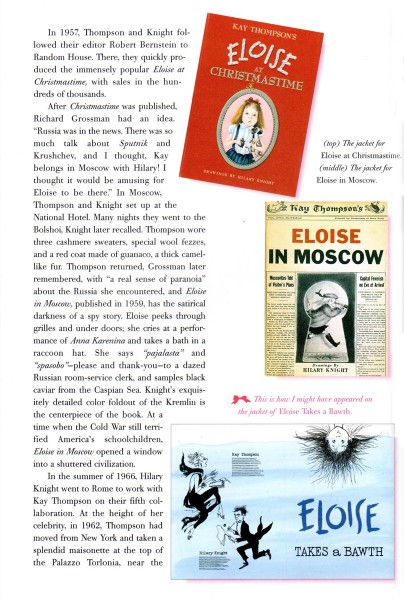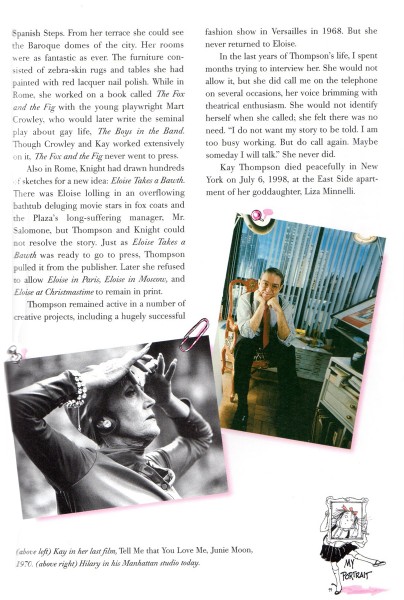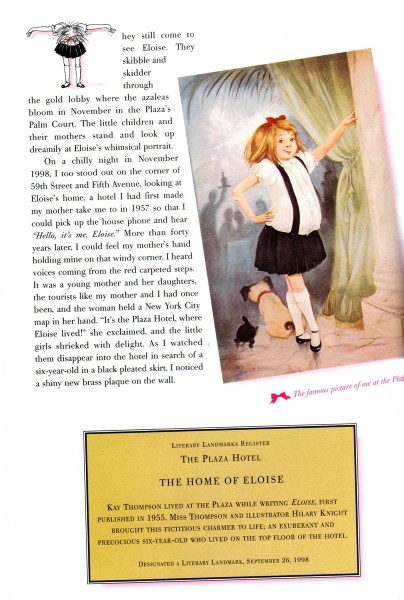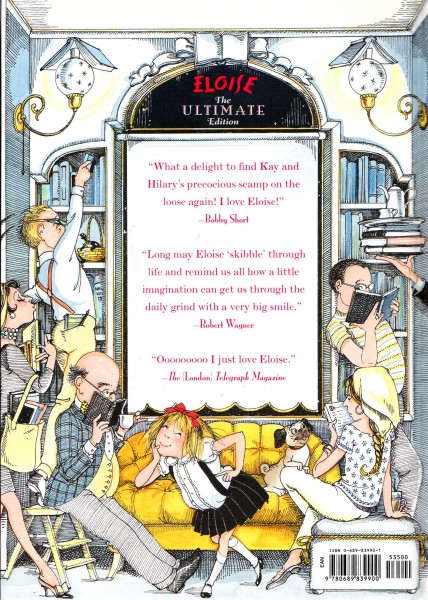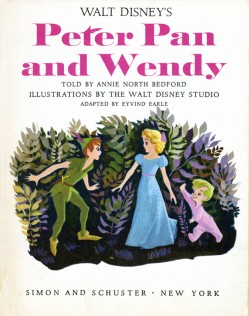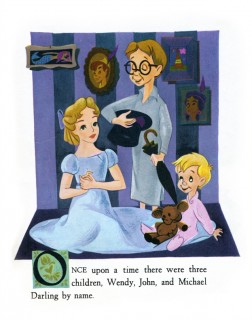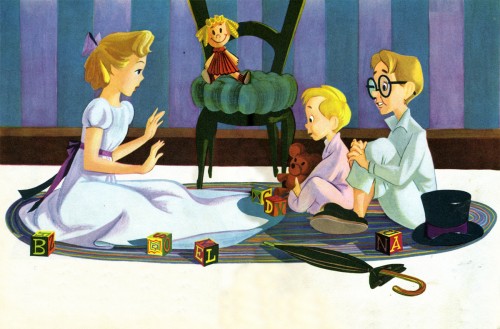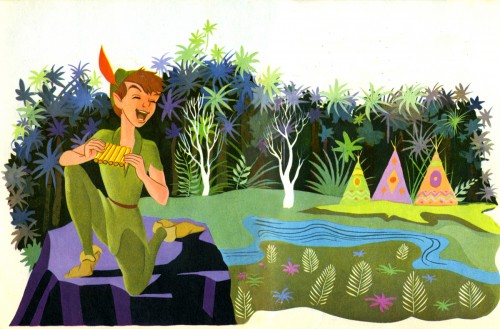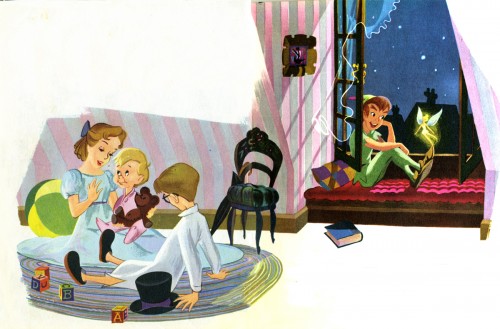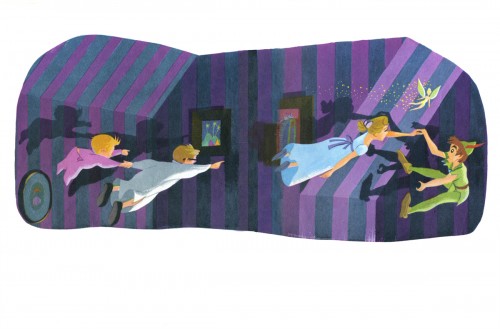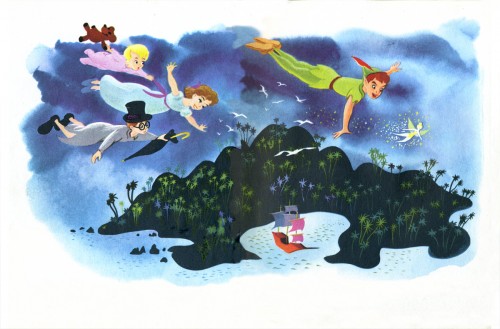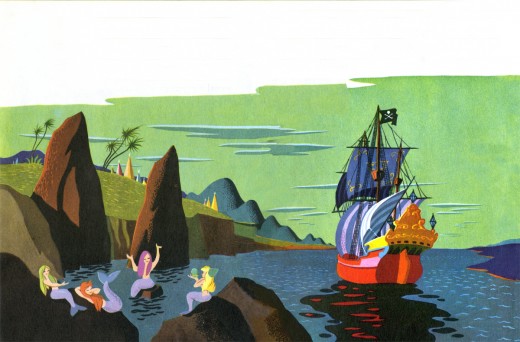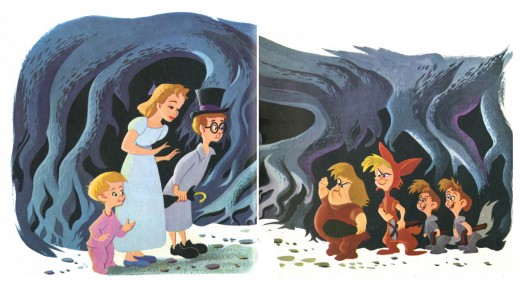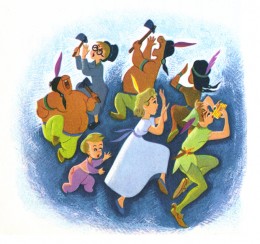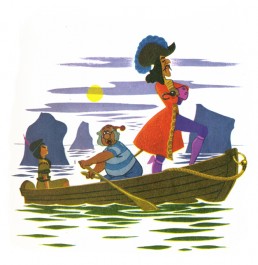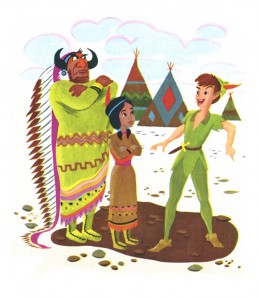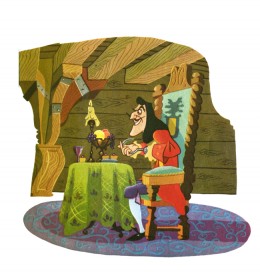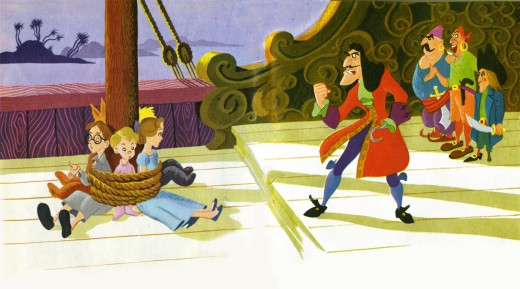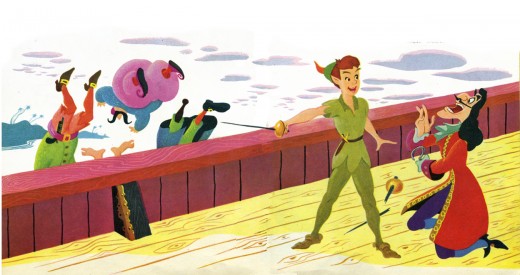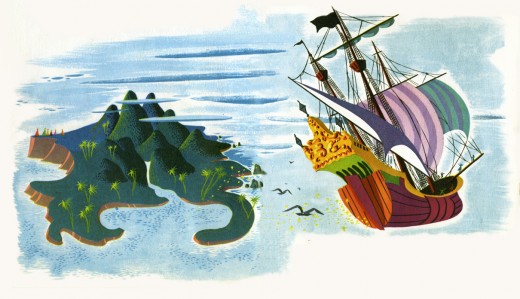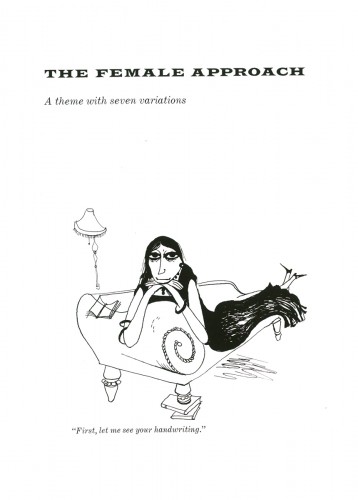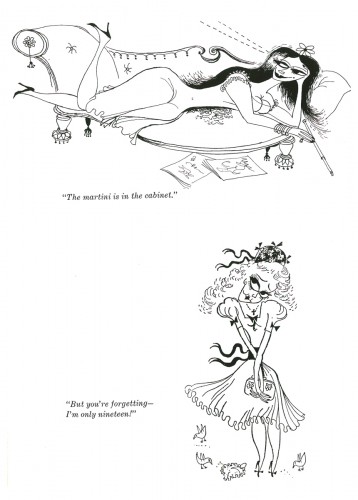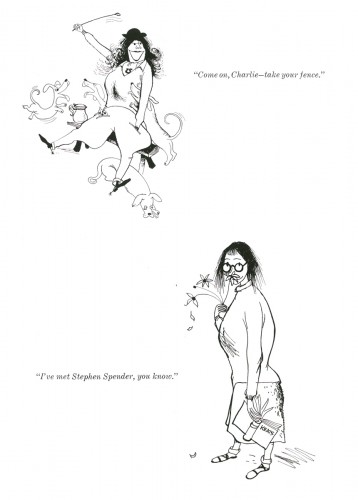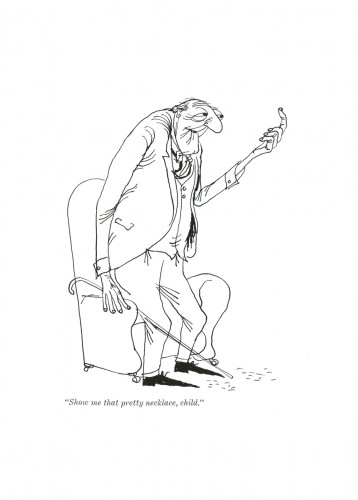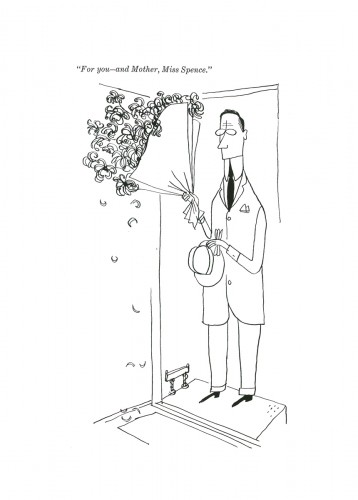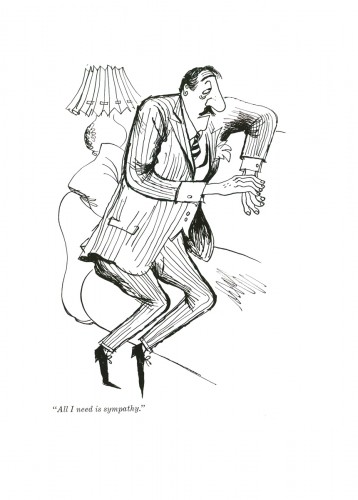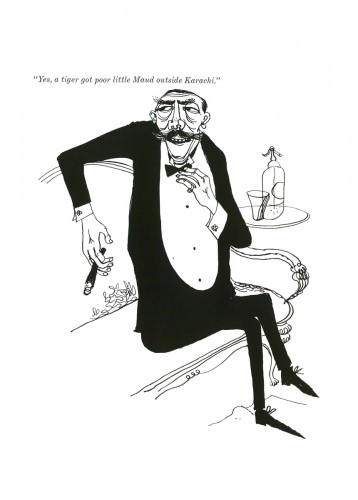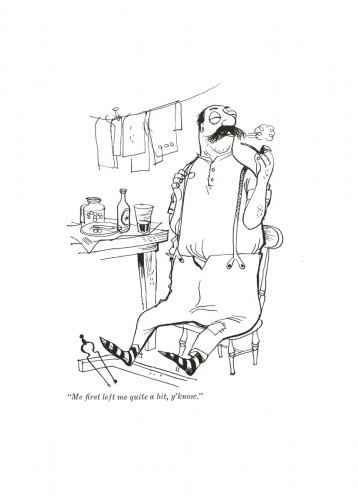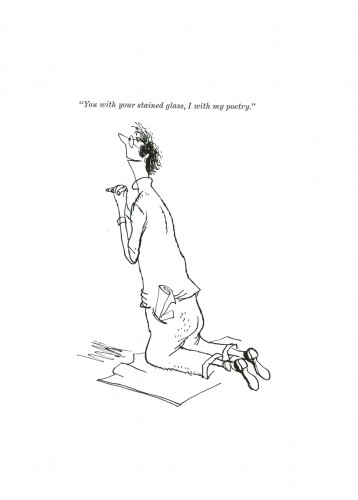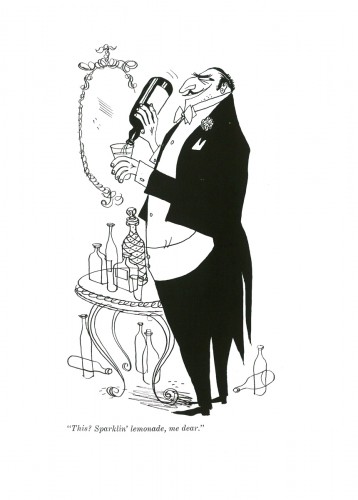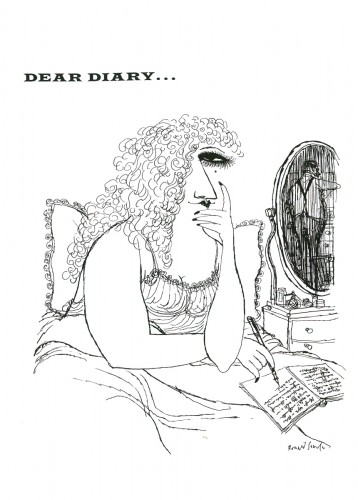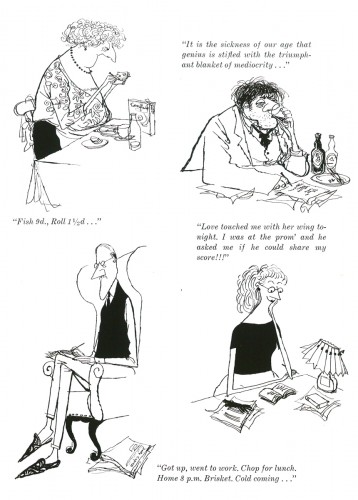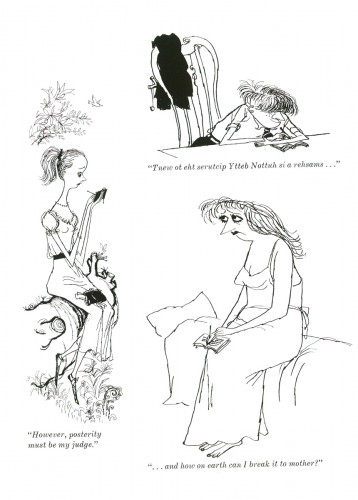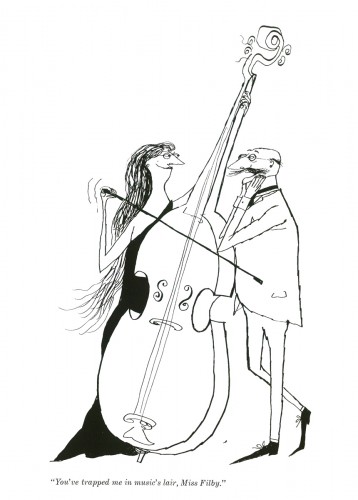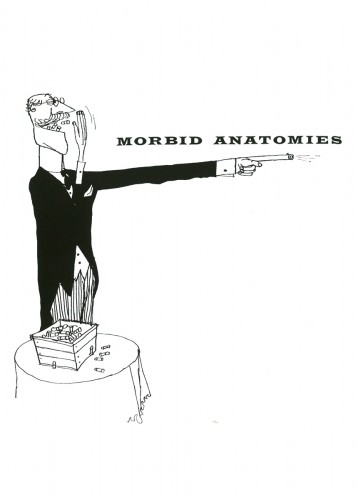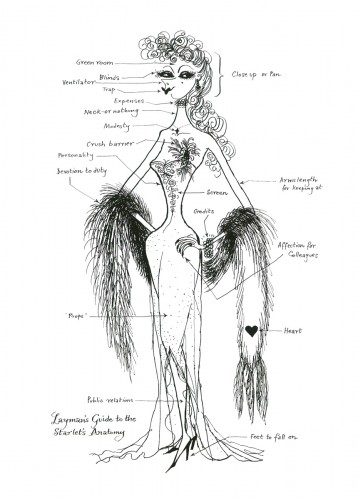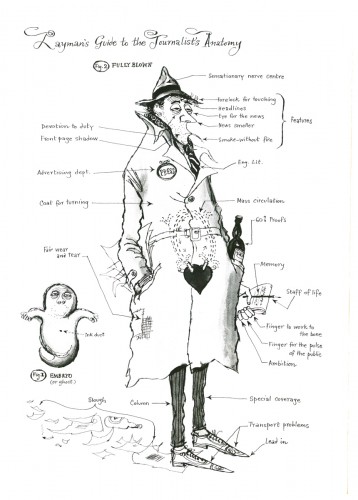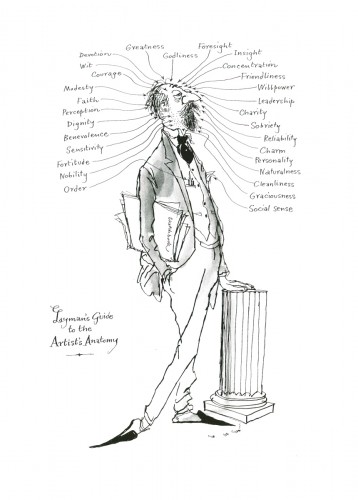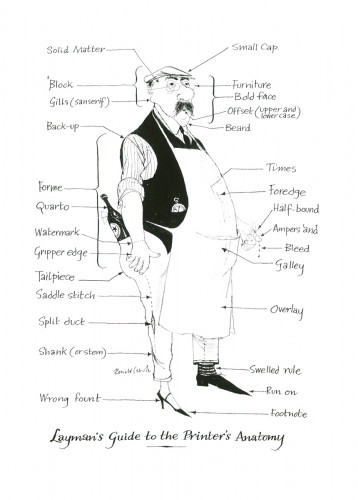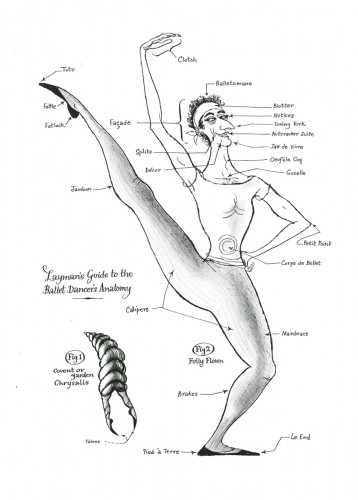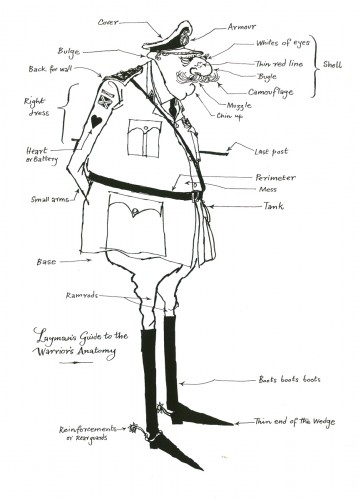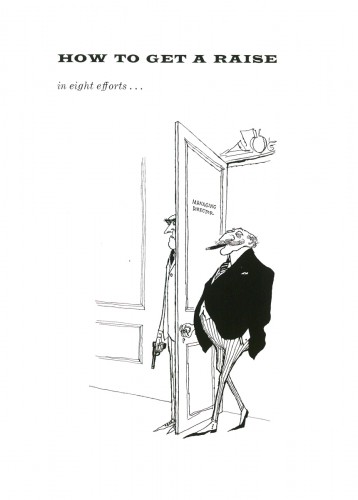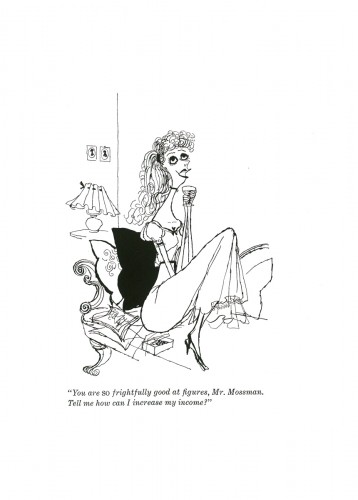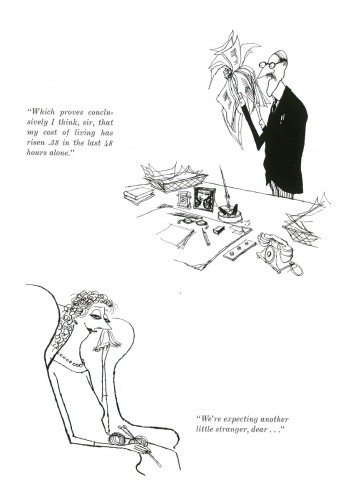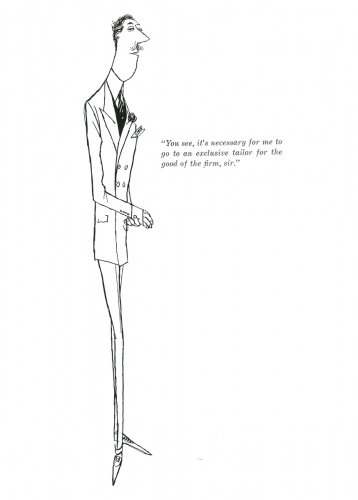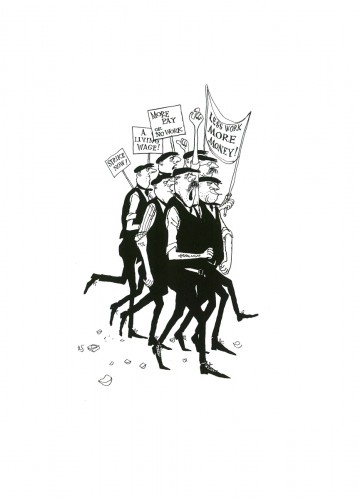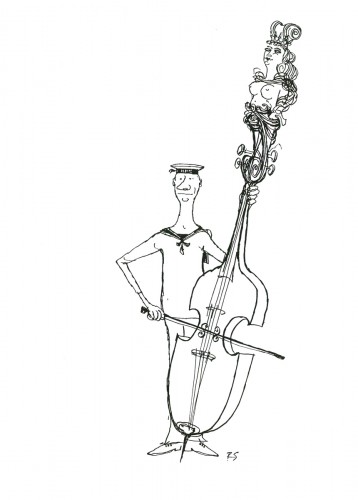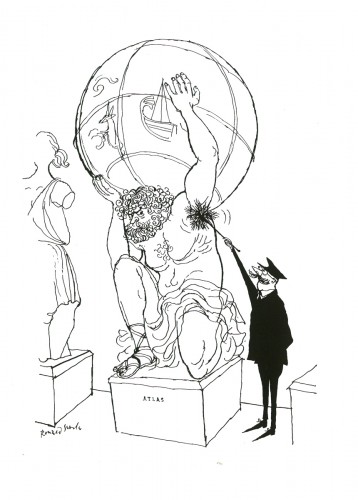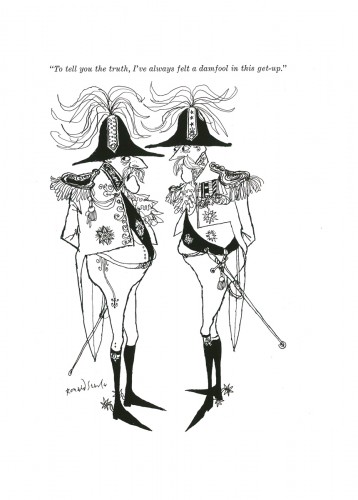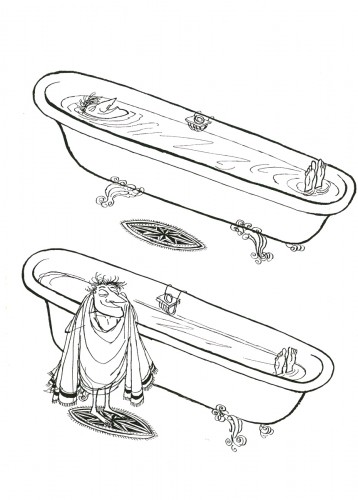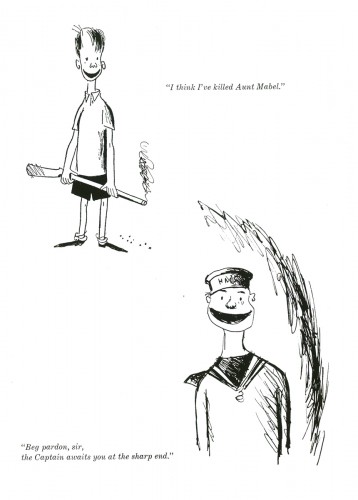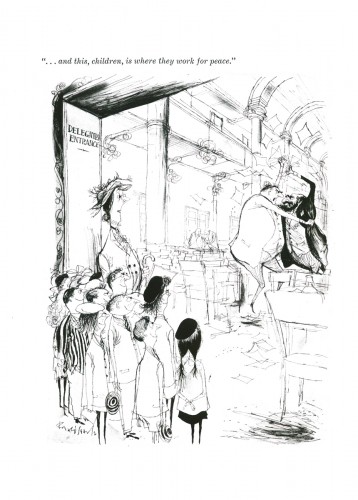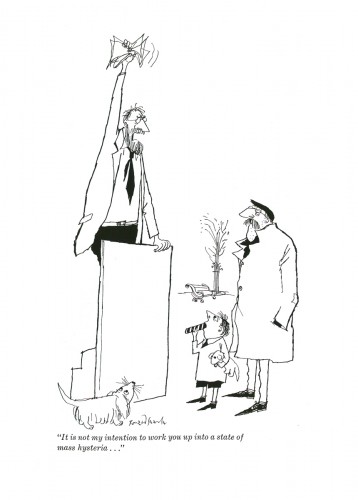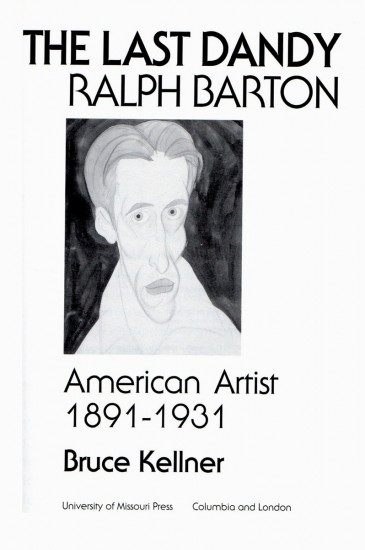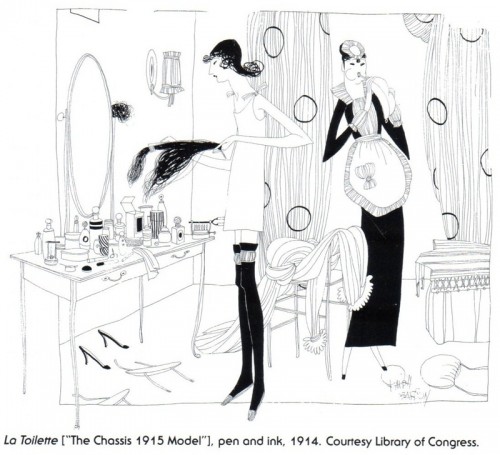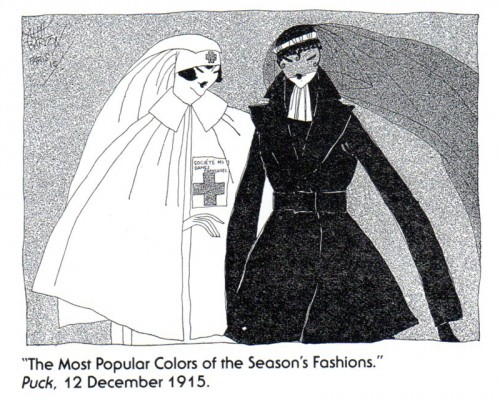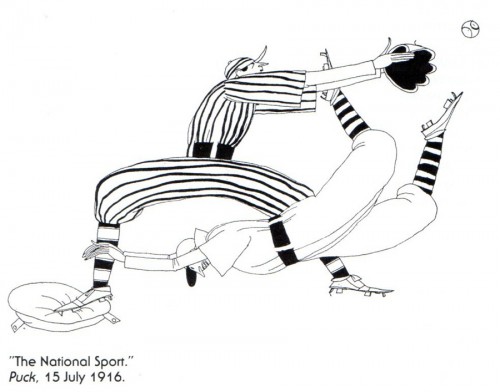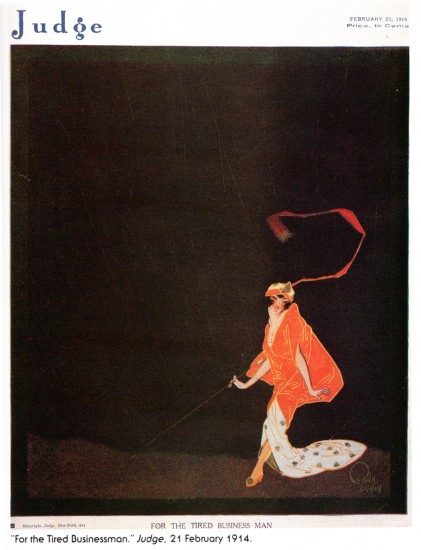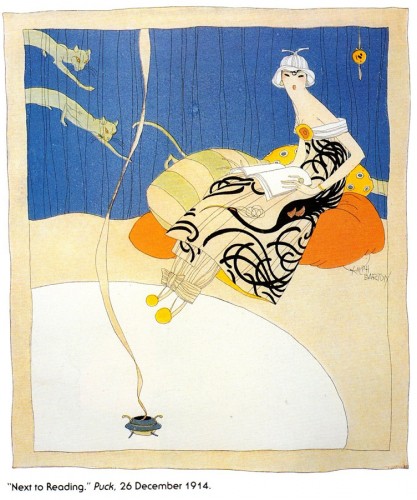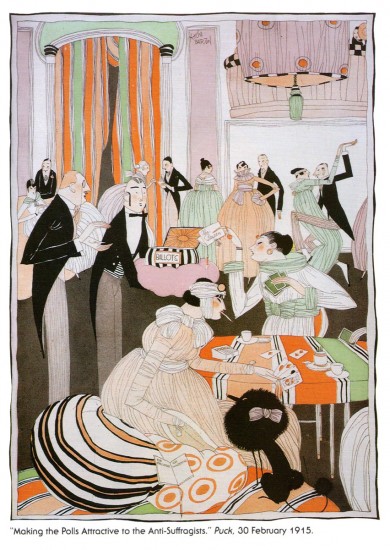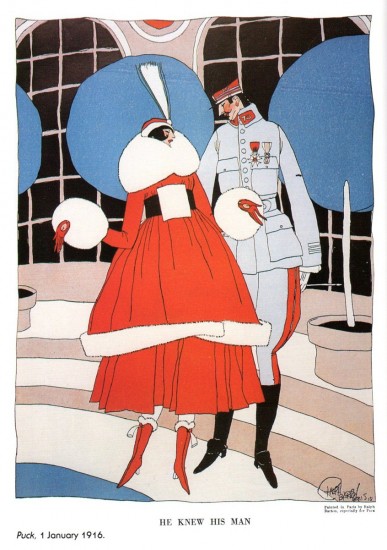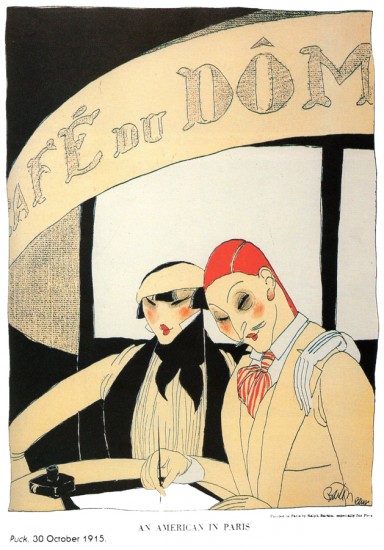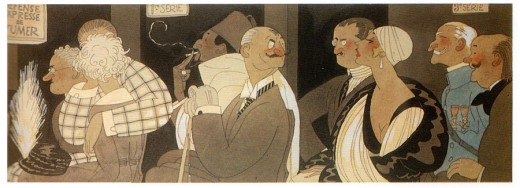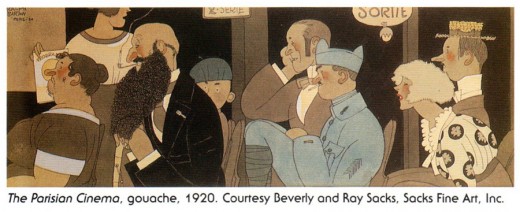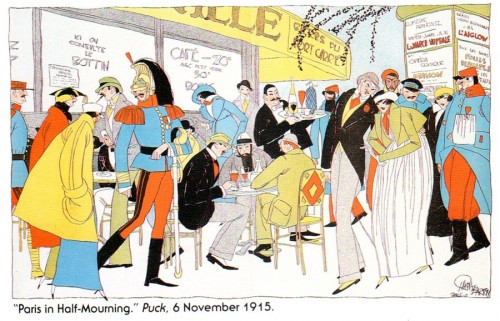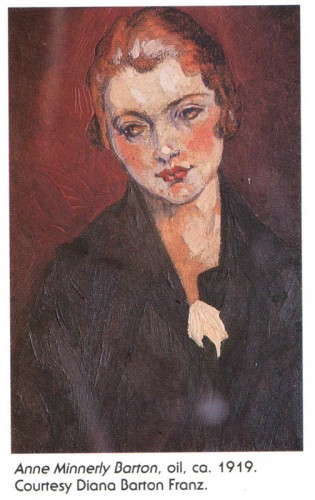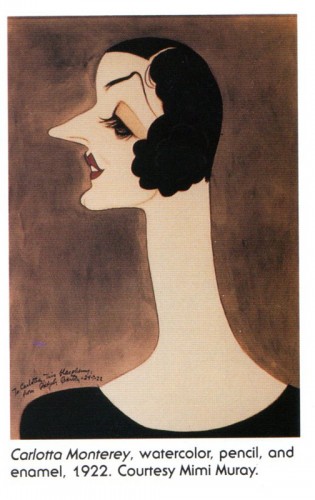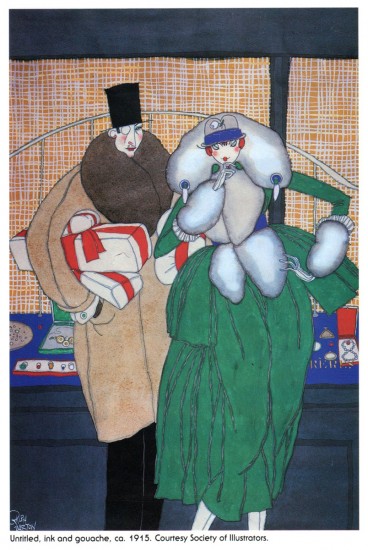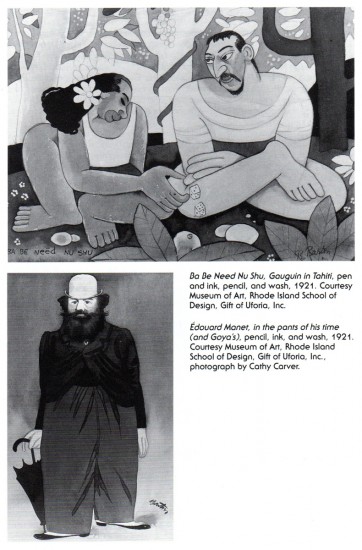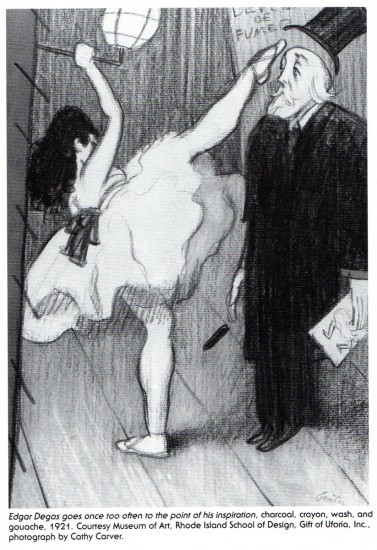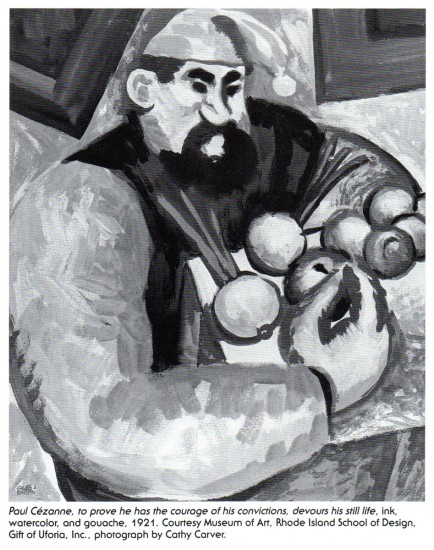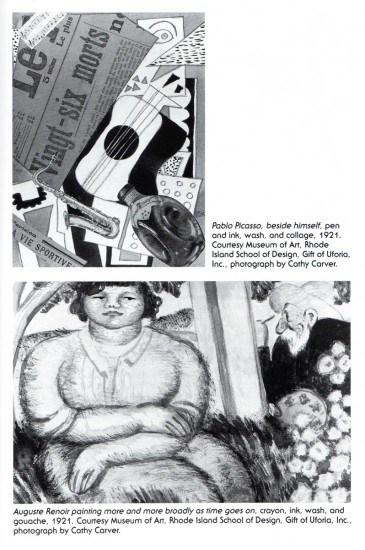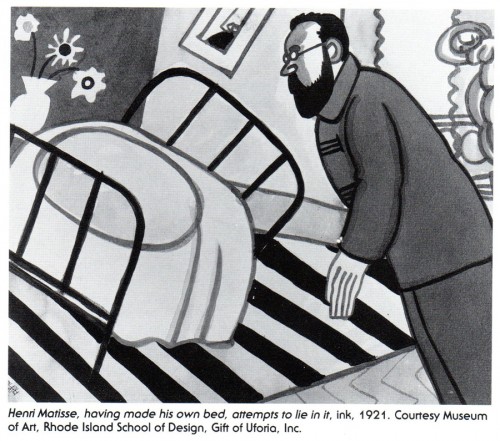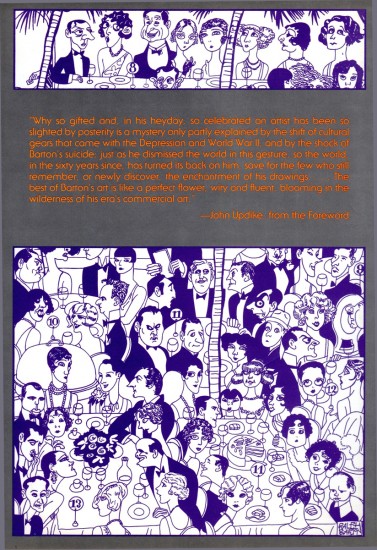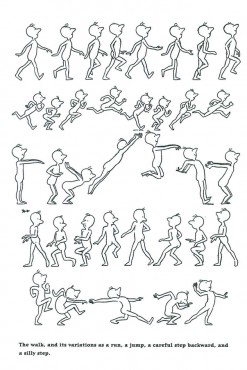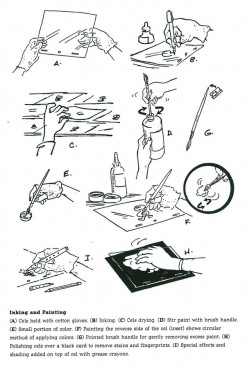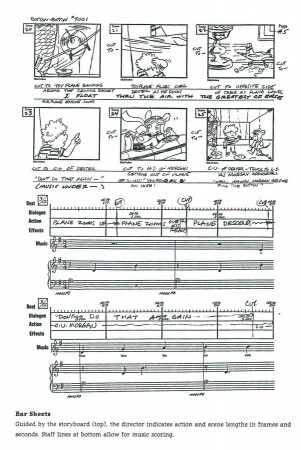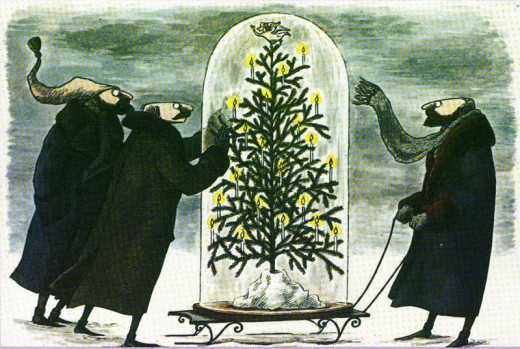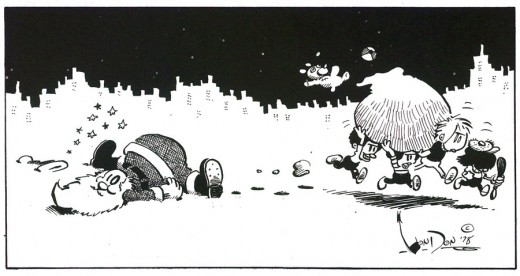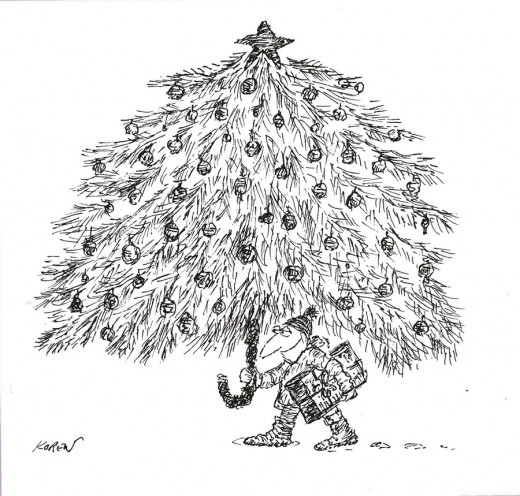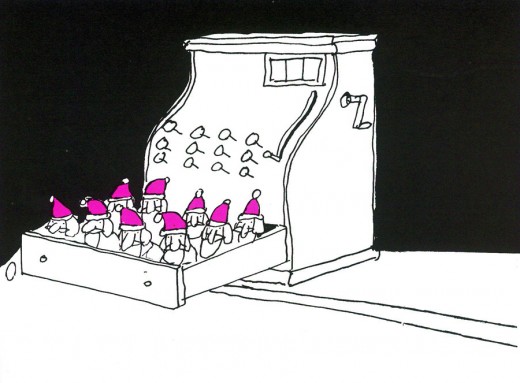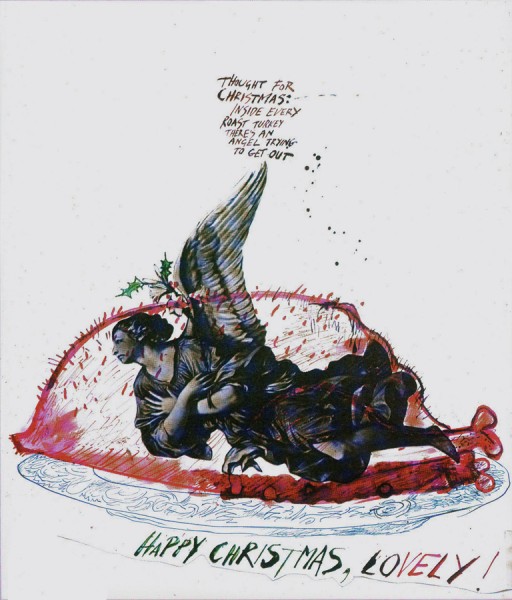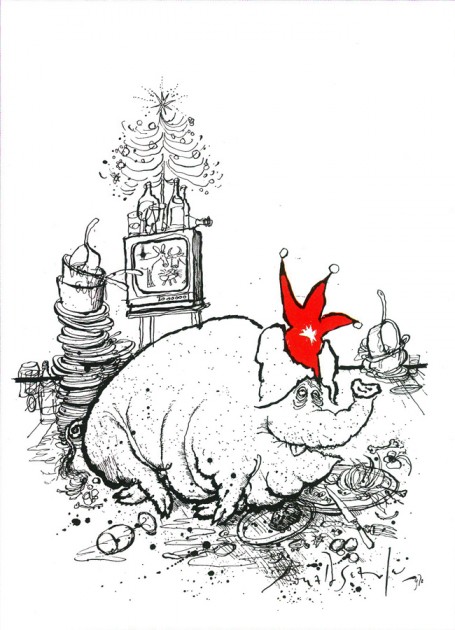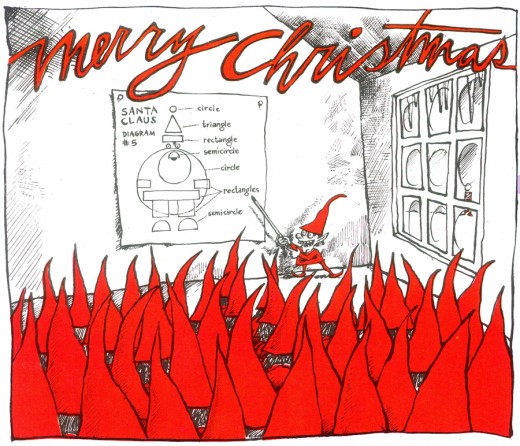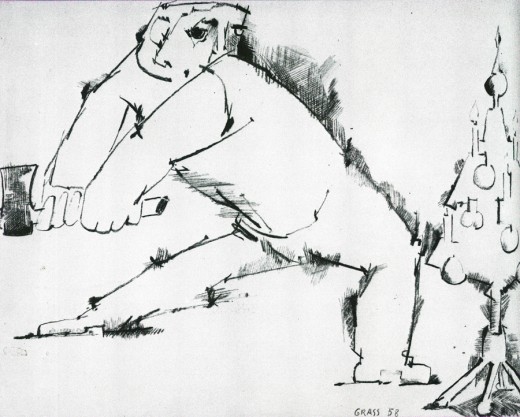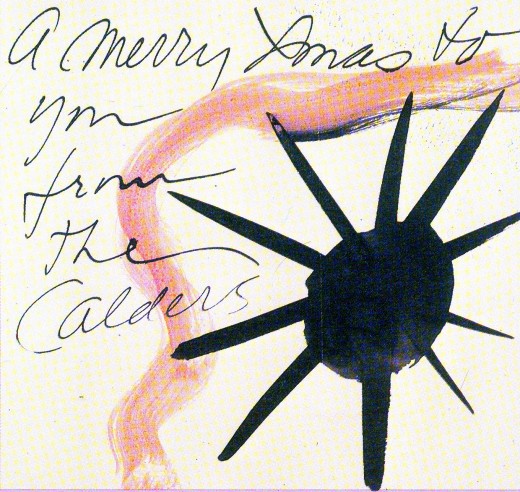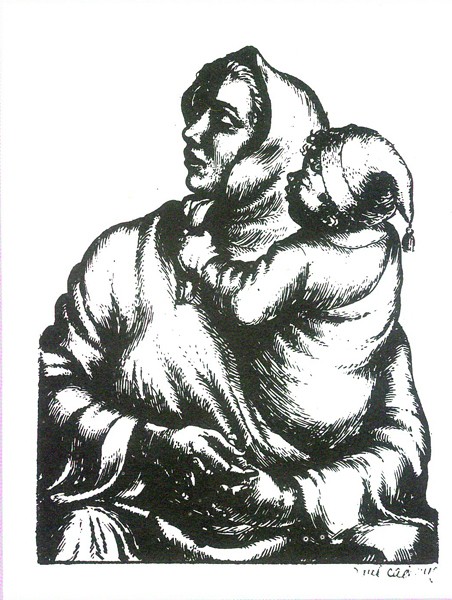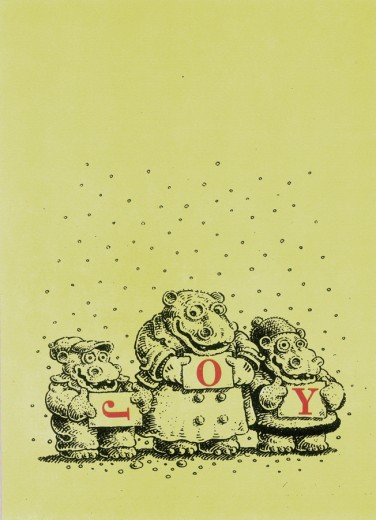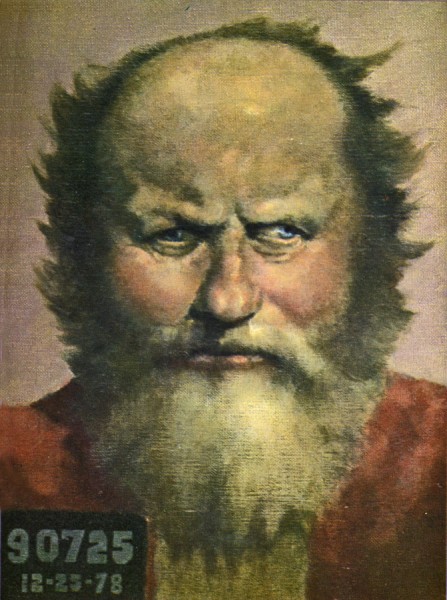Category ArchiveBooks
Bill Peckmann &Books &Illustration 14 Feb 2012 07:01 am
Die Vogelhochzeit – Fritz Baumgarten
- Back in May, 2010 I posted art from a German children’s book, Zwitschi. The book was loaned by Bill Peckmann and featured a group of birds in a beautiful little story. The drawings were gentle, humorus and exquisite. Since then I’ve meant to post another book by the author, Fritz Baumgarten. This also comes from Bill Peckmann’s collection, and I have to thank him for introducing me to the work of Mr. Baumgarten.
Again it features a cast of little birds operating out of a tree. The watercolors are delicate and I think you’ll enjoy seeing the book which dates back to 1900. It’s built on a famous German song written in the 18th Century.
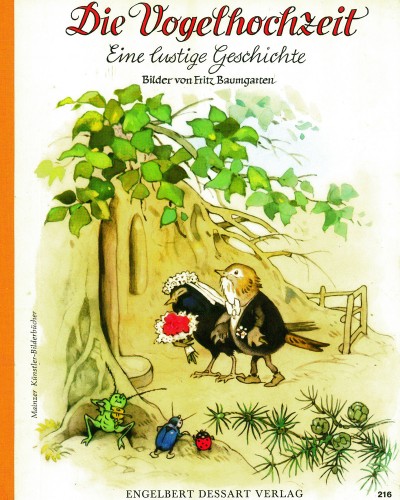
Book’s cover
Here’s a translation of the lyrics into English,
- The Bird Wedding
A bird wanted to get married
In the green forest.
Vider-alla-la, vider-alla-la,
Vider-alla-la-la-la.
The blackbird was the groom,
The thrush was the bride.
The geese and the ducks
Were the musicians.
The eagle owl, the eagle owl,
Brings the bride her bridal shoe.
The cuckoo shrieks, the cuckoo shrieks,
It brings the bride her bridal dress.
The sparrow, the sparrow,
Brings the bride her ring.
The dove, the dove,
Brings the bride her headdress.
The lark, the lark,
Leads the bride to the church.
The black grouse, the black grouse,
Was the sacristan and the vicar.
The small bird, the small bird,
Brings the bride the dishes.
The peacock, with his colorful tail,
Dances with the bride the first dance.
Mrs. Shoescraper, Mrs. Shoescraper*,
Gives everybody a goodbye kiss.
The bride’s mother was the owl,
Takes her leave with hootings.
The eagle owl, the eagle owl,
Closes the window shutters.
The rooster horns “Good night!”
Now, the bedroom will be closed.
The bird wedding is now over,
All the birds fly home.
Bill Peckmann &Books &Comic Art &Daily post 02 Feb 2012 06:32 am
Jerry Van Amerongen
- Jerry Van Amerongen is a cartoonist whose work seems to be unfamiliar to many people. However, those who do know his work search out his cartoons. Bill Peckmann sent me this CARTOONIST PROfiles article about him and followed it with select cartoons from the pages of his book, Ballard Street. Bill wrote:
- Because of not having access to a newspaper that ran Jerry’s “Ballard Street” comic strip, this great talent flew under my radar for way too long of a time. Fortunately a good friend of mine sent me this book/collection a while back and I’ve been a fan ever since.
Here’s a sampling of the way that Amerongen can freeze hilarious moments in time as only he can.
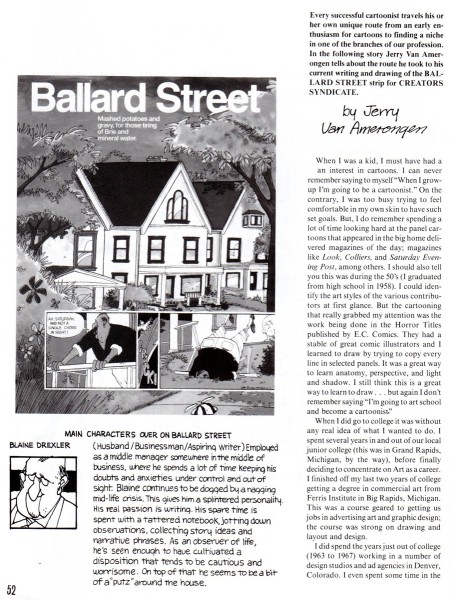 1
1
Bill Peckmann &Books &Illustration 26 Jan 2012 06:26 am
Bill Charmatz
Bill Charmatz is a cartoonist/illustrator whose work has graced many high volume magazines: Playboy, the NYTimes, Harpers and the Saturday Evening Post. Bill Peckmann sent a number of pieces from Charmatz as wwell as an article in Cartoonist Profiles about him, and I’m glad to post them. Here’s Bill:
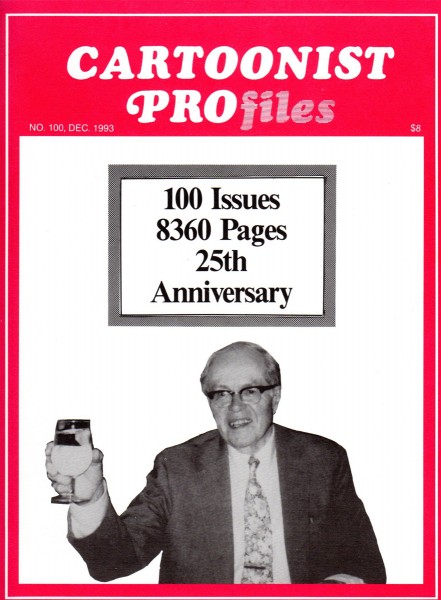
Here is Bill gracing the pages of CARTOONIST PROfiles No. 100, Dec. 1993.
My only complaint about the wonderful article, is that it is way too short,
with not enough illo’s!
When Walt Reed’s exceptional book, “The Illustrator In America” came out in 2000,
I was delighted to see that Bill Charmatz made the honor rolls of the book,
couldn’t happen to a more deserving talent!
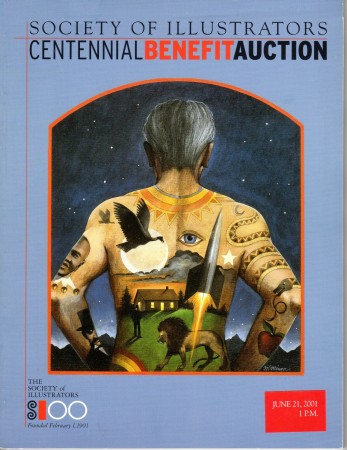
The next 3 illustrations are from a
2001 Society of Illustrators auction catalog.
The following illustrations came from Bill Charmatz‘ web site.
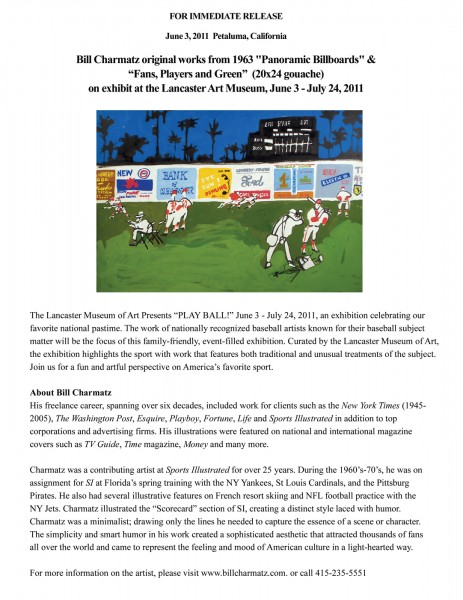 1
1
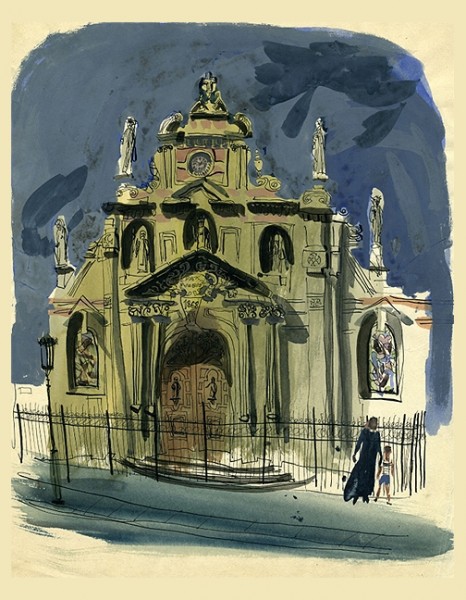 2
2
French Church
In his early years Bill did some personal paintings in France.
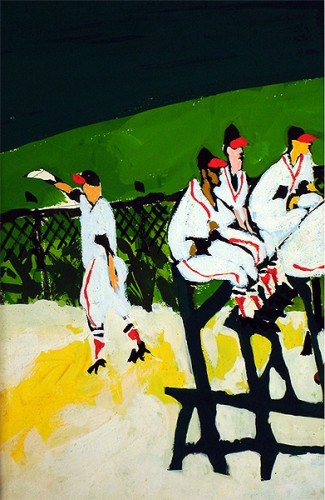 4
4
He’s illustrated for Sports Illustrated.
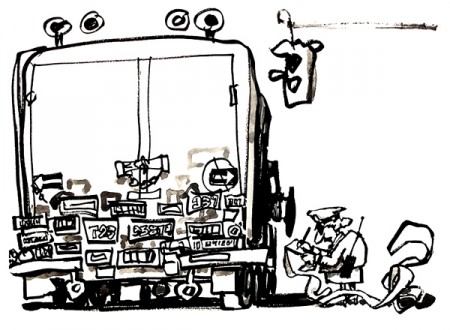 5
5
No Perching – The NY Times Book Review
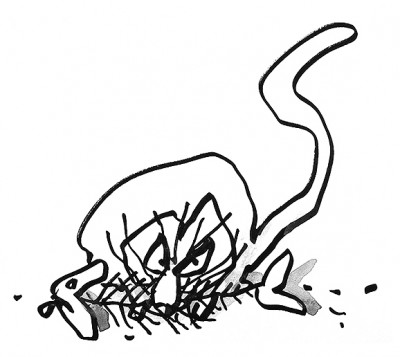 6
6
Cat Chews on Fish – NY Times Book Review
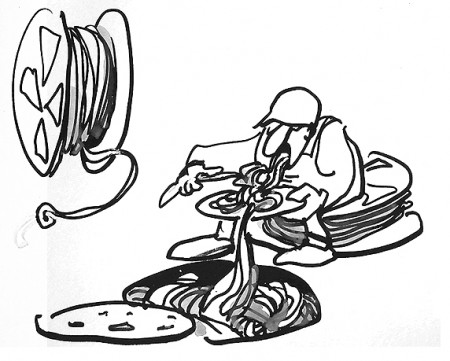 7
7
Construction Worker Eats Lunch – NY Times Book Review
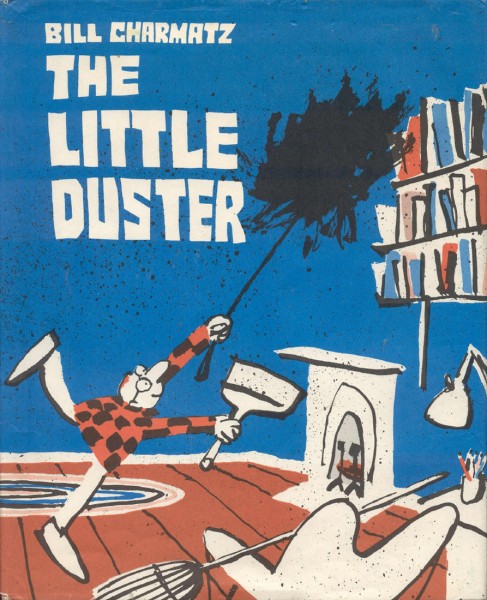 8
8
One of a number of children’s books he’s written and illustrated.
There’s a lot of art on view at Bill Charmatz‘ website. I encourage you to visit it.
Bill Peckmann &Books &Comic Art &Illustration 24 Jan 2012 08:33 am
Sam Norkin’s Caricatures
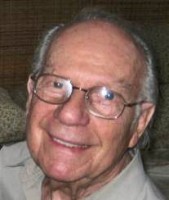 - Sam Norkin was a theatrical caricaturist in the mode of Hirschfeld. Norkin was the house cartoonist for the NY Daily News for many years. Bill Peckmann recently sent me two articles from the Dec. ’76 and the March ’91 issues of Cartoonist Profiles.
- Sam Norkin was a theatrical caricaturist in the mode of Hirschfeld. Norkin was the house cartoonist for the NY Daily News for many years. Bill Peckmann recently sent me two articles from the Dec. ’76 and the March ’91 issues of Cartoonist Profiles.
I thought, before posting the CP article, I’d give you the obituary published in Playbill last year when he died.
- Sam Norkin, Theatre Caricaturist and Drama Desk President, Dies
- By Robert Simonson
31 Jul 2011
- Sam Norkin, who captured seven decades of stage performance with fine-lined caricatures, died July 30. His age could not be learned at press time, but he was born in 1917.
- Mr. Norkin’s drawings of theatre, opera, ballet and film stars appeared in Variety, Back Stage, The Philadelphia Enquirer, The Washington Post, Los Angeles Times, The Boston Globe and other publications. From 1940 to 1956, his illustrations were a regular feature in the New York Herald Tribune. Then for the next 26 years, he covered the performing arts for the Daily News.
- Late in his career, he contributed sketches to the weekly magazine InTheater.
- Like his more-famous contemporary, Al Hirschfeld, Mr. Norkin used a collection of swirling and angled pen-and-ink lines to express stage presences of his subjects. While his and Hirschfeld’s styles were very similar, Mr. Norkin’s were perhaps less airy and more corporeal, and he was fond not just of line, but large swaths of black.
- “A Norkin caricature is often densely packed with detail and may feature a great deal of solid black space,” wrote David Barbour in the 1994 book, “Sam Norkin, Drawings, Stories.” “He also is more daring in his drafting; many of his pieces, in particular one from the Broadway production of The Phantom of the Opera, feature steeply raked lines which plunge vertiginously from top to bottom, to highly dramatic effect.”
- He also provided illustrations for “Theatre in a Barn” (1957); “Actors Talk About Theatre; 12 Interviews With Lewis Funke” (1977); and “Four Plays by Eugene O’Neill” (1980).
- Mr. Norkin began studying art at age nine. He received a scholarship to the Metropolitan Art School after his high school graduation, and he later attended Cooper U nion, the Brooklyn Museum Art School and the School of Fine and Industrial Art. He began his career as a caricaturist in 1940.
- He was also employed as a journalist at times. He was art critic for the Carnegie Hall house program and a cultural reporter for the Daily News. For a time, he was president of Drama Desk, the award-giving theatre critics organization.
The following is the article from the Cartoonist Profiles of Dec. 1976:
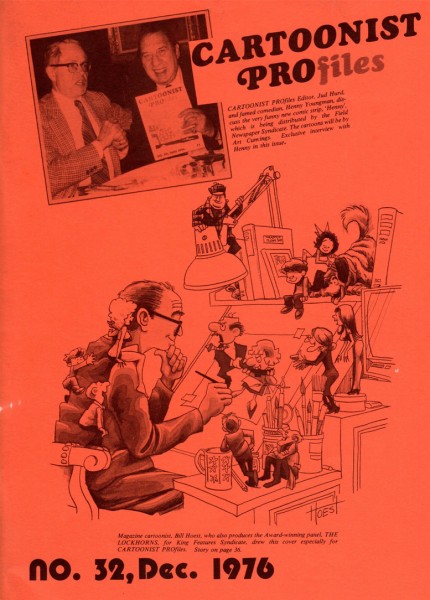
The magazine cover.
This is the second article from the March 1991 issue of Cartoonist Profiles.
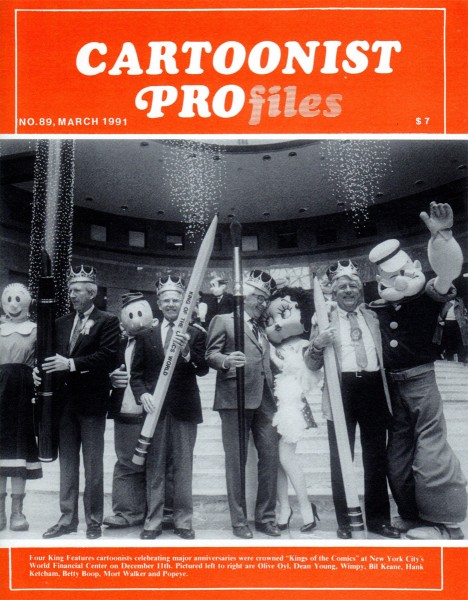 1
1
Here are a few more pieces I found on line:
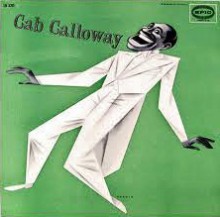 1
1
Many thanks to Bill Peckmann.
Bill Peckmann &Books &commercial animation &Illustration &SpornFilms 19 Jan 2012 06:11 am
Hilary Knight
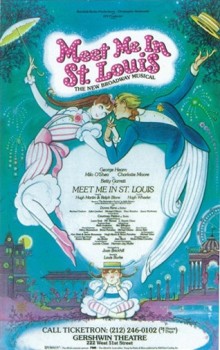 - Bill Peckmann sent me a number of scans on Hilary Knight, the noted illustrator who had gained fame in illustrating the Eloise books authored by Kay Thompson. On receiving them I suddenly remembered that I had animated a commercial done in the style of Mr. Knight’s poster for the Broadway show, Meet Me In St. Louis.
- Bill Peckmann sent me a number of scans on Hilary Knight, the noted illustrator who had gained fame in illustrating the Eloise books authored by Kay Thompson. On receiving them I suddenly remembered that I had animated a commercial done in the style of Mr. Knight’s poster for the Broadway show, Meet Me In St. Louis.
I had completely forgotten about that job which we did back in 1989. We’d been employed by a South African art director of the Broadway show to do an Overture and an Entr’acte for the musical play. The Overture would play to a Currier & Ives type animation we produced, then the scrim would lift revealing the town. For the Entr’acte, we would end with a group of people ice skating on a pond. It would be lit from behind, and our drawing would turn to live action as the actors skated on a simulated pond on stage.
With the job came a 30 sec. spot animating the poster that Hilary Knight had illustrated. I can remember just about nothing about the spot. The entire job, spot, musical and the entire experience was a horrible one. The client was nasty and moody and continually changed his mind about what he wanted. He thought of himself as an auteur and kept pulling ideas out of his hat while we tried to fight the low budget and tight deadline.
The one positive memory was going to see the rough film projected on the Broadway stage. While waiting for them to find the projectionist, I noticed one older man sitting across from me in the theater. I walked over to him and asked if he was Hugh Martin. He was, and I told him how glad I was to meet him. We spoke for another couple of minutes until the theater went dark and projection started. Martin was the composer of the show; he’d written all those great, original songs for Judy Garland and the others in the movie. I was pleased to have recognized him and met him.
Unfortunately, I didn’t get to meet Hilary Knight, but I did have some of his original artwork in hand. He drew some models for us. They’re somewhere in our storage, and a quick search wasn’t able to turn up anything. Time is moving on, and I wish I had put more emphasis on preserving some of my art materials back when.
The parting note on that job was that they spelled my name incorrectly in the Playbill. How appropriate. They promised to correct it in future copies, but I didn’t even bother to see if they’d done the correction.
Here’s the material Bill Peckmann had sent me, starting with a comment from Bill:
- In 1999 a collection of four of Hilary Knight’s “Eloise” books was published. Aside from it having all those great books between two covers was the fact that it also had Hilary’s eight page autobiography in it! And here it is.
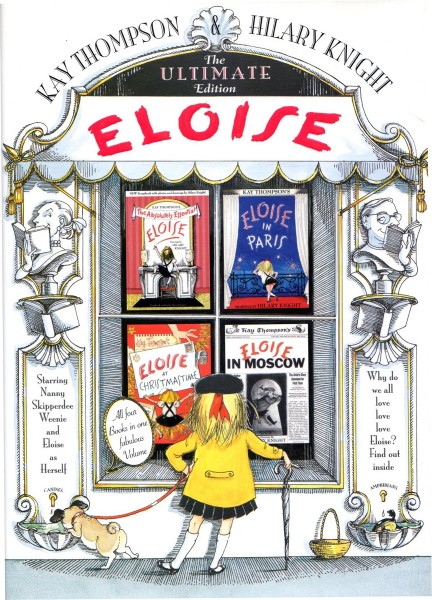 1
1The book cover
Books &Disney &Illustration &repeated posts 12 Jan 2012 06:45 am
Eyvind Earle – Peter and Wendy
Back in 2007, I posted this piece on Eyvind Earle’s Peter Pan illustrations. I’ve combined the two parts and repost it here.
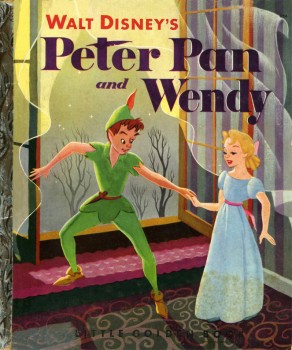 – I’m an Eyvind Earle fan. I have been ever since getting my hands on Bob Thomas‘ original version of The Art of Animation (1959), which promoted Sleeping Beauty and its artwork, and then going up to Radio City Music Hall to see the first theatrical run of the film.
– I’m an Eyvind Earle fan. I have been ever since getting my hands on Bob Thomas‘ original version of The Art of Animation (1959), which promoted Sleeping Beauty and its artwork, and then going up to Radio City Music Hall to see the first theatrical run of the film.
After the Disney film, I saw Earle’s Nativity film on the Tennessee Ernie Ford show and Paul Bunyan and other Disney shorts of the period made me more of a fan.
I got to meet the man thanks to Michael Barrier. We had one of the craziest interviews ever when we drove upstate to his house and sat in a somewhat darkening room as the afternoon dimmed and Earle continued to quietly answer the questions.
I loved that day, but I loved Earle’s work even more. After posting Retta Scott‘s Golden Book of Cinderella, I realized that I had this book, Peter and Wendy, which is Earle’s odd adaptation of Peter Pan. He’s obviously in love with Cinemascope in that most of the book’s illustrations are two-page spreads. Sort of wide screen proportions. This is unusual for a Little Golden Book.
The images look a bit like the backgrounds in Paul Bunyan, and the characters are not quite on model with the film. The printing, as with most of these books, is pretty dull. You know a lot has been lost in the transfer.
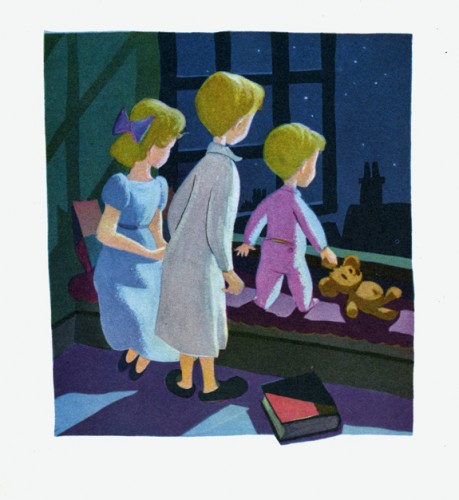
This last illustration is my favorite.
Books &Comic Art &Illustration 08 Jan 2012 06:38 am
Ronald Searle – The Female Approach 2
- Last May, I posted a number of cartoons from Ronald Searle‘s book of illustrations from The Female Approach, a collection of cartoons and illustrations from a number of different sources (including many from “The Bells of St. Trinian’s.”) With Mr. Searle dying this past week, I think it’s only appropriate to return to that book and post a few more of those great pieces.
For a wonderful obituary and commentary, I encourage you to go to Matt Jones‘ piece posted on Cartoon Brew this week. I also can suggest you spend some time visiting Mr. Jones’ tribute blog to Ronald Searle – Perpetua.
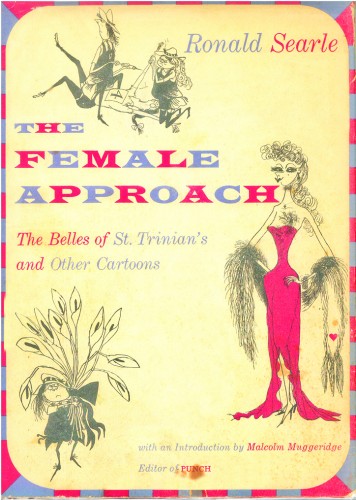
The book’s dust cover
Bill Peckmann &Books &Illustration 27 Dec 2011 06:35 am
Ralph Barton
- Last week, Bill Peckmann sent me scans from a book about artist, Ralph Barton by Bruce Kellner. I’d like to share some of that book with you. I don’t know much about Mr. Barton or his work, but some of his images are arresting. Here’s what Bill wrote:
- After looking at all of those perusable pages of Disney and EC comic books, I thought that maybe you’d like a change of pace and look at something else, namely the work of artist/caricaturist Ralph Barton.
This intro should have been written by Rowland Wilson, because Rowland was a huge fan of Barton’s and was kind enough to give me this book.
The title of the book is “The Last Dandy, Ralph Barton, American Artist, 1891-1931” by Bruce Keller, published 1991. It’s a very thorough biography of Ralph Barton, with terrific illustrations that show what a great artist he was in the 1920′s. During that time he appeared in The New Yorker, Vanity Fair, Harper’s Bazaar and Photoplay magazines.
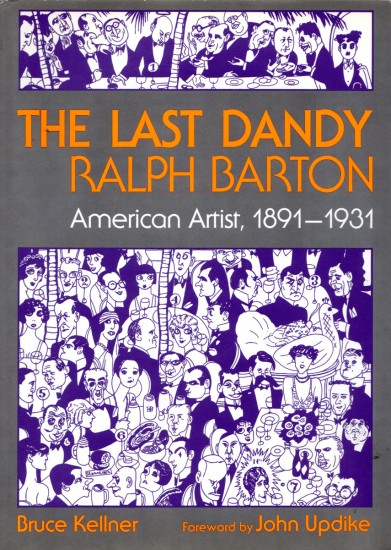
the book’s front cover
Books &Commentary 20 Dec 2011 07:42 am
Animation: The Whole Story – an Overdue Book Review
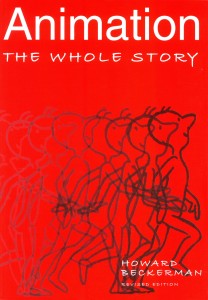 - Howard Beckerman‘s book, Animation: The Whole Story, published in 2003 by Allworth Press, comes close to being the book as described in the title. There’s an extensive history of animation, followed by a guide to animation production, followed by an analysis of the Business side of animation, and ending with exercises and a list of available resources (including schools, studio addresses, places to buy equipment and animation publications.) That’s a lot of book for the price.
- Howard Beckerman‘s book, Animation: The Whole Story, published in 2003 by Allworth Press, comes close to being the book as described in the title. There’s an extensive history of animation, followed by a guide to animation production, followed by an analysis of the Business side of animation, and ending with exercises and a list of available resources (including schools, studio addresses, places to buy equipment and animation publications.) That’s a lot of book for the price.
This is definitely a down and dirty book, just the facts ma’m, nothing but the facts, and for that I am grateful. There are no pretensions; in ways it reminds me of the Lutz animation book. The material is straightforward, and the presentation is complete. The illustrations throughout are done by Mr. Beckerman, himself, and the material is just about all-encompassing. I would use it as a classroom text were I teaching first level animation, and I’m sure there are many teachers who already do this.
There’s a lot of handy information in here, sort of an all-purpose guide to animation. It’s a bit like one of those tool boxes that have every 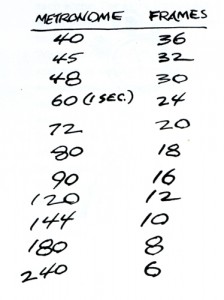 sort of wrench in it, so that you’re always prepared. There are directions for setting up a director’s workbook, how to do a storyboard, even a guide for properly flipping paper-drawn animation. There is an explanation of a field guide, frame to footage counters, information on how to build a drawing table light box, and even an explanation of exposure sheets – showing how to fill them out. I don’t think I’ve ever seen a book that transposes the meter on a metronome to frame counts. This has always been information handed down from one animator to another. Books don’t include it. This one does. This is incredibly useful for any animator looking to animate to a beat, and all animators SHOULD be doing that.
sort of wrench in it, so that you’re always prepared. There are directions for setting up a director’s workbook, how to do a storyboard, even a guide for properly flipping paper-drawn animation. There is an explanation of a field guide, frame to footage counters, information on how to build a drawing table light box, and even an explanation of exposure sheets – showing how to fill them out. I don’t think I’ve ever seen a book that transposes the meter on a metronome to frame counts. This has always been information handed down from one animator to another. Books don’t include it. This one does. This is incredibly useful for any animator looking to animate to a beat, and all animators SHOULD be doing that.
Howard Beckerman has been teaching animation and the history of animation in New York at the School of Visual Arts and Parson’s School of Design for a very long time. He’s also a professional having directed, designed and animated for many companies, including Paramount, as well as for his own company. He’s done many short films as well as written hundreds of articles for film and animation magazines. He knows his stuff.
This, to me, is most evident in the first half of the book, the history of animation section. This is a no-nonsense guide to the history from the beginning days right through the book’s publication date – 2003. In 85 pages he covers more material than many other elaborate and celebrated books. And the amazing thing is that it’s 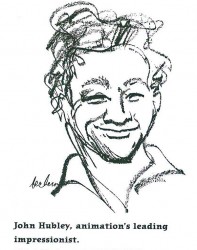 all accurate and correct material. I don’t think I’ve ever covered so much history – and it’s WORLD HISTORY – in so short a read. Yet it feels like nothing is left out. This is quite a feat. For my money. this is the absolute strength of the book.
all accurate and correct material. I don’t think I’ve ever covered so much history – and it’s WORLD HISTORY – in so short a read. Yet it feels like nothing is left out. This is quite a feat. For my money. this is the absolute strength of the book.
The weakness is one you can probably guess at from the descriptions I’ve already given. The book came out in 2003, and quite a bit has changed. There’s virtually no reason anymore to read about the Oxberry camera and how it works. The same could be said of the inking and painting of cels or even field guides and exposure sheets. Don’t get me wrong, I think it’s absolutely vital for everyone in the business to know this information, but I know it’s not part of the job anymore. Today’s book would be more about the computer: Flash and AfterEffects, Toon Boom Studio and FlipBook. The book is peppered with
caricatures of key people.
Perhaps someday there’ll be a new edition with more of that information. Although to be frank, there are hundreds
of books telling how to use the software. There are a lot of young kids making their animated films in Flash and calling themselves animators. Perhaps if they read this book, as it is, they’d have a bit more of a grasp as to what an animator does.
There’s so much in this book, I wholeheartedly recommend it if you’re looking for a great “how to” book. Even if you’re not, that history of animation section is world class.
Here are a few of the many illustrations in the book:
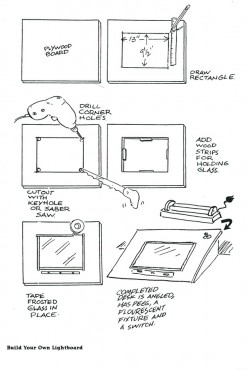
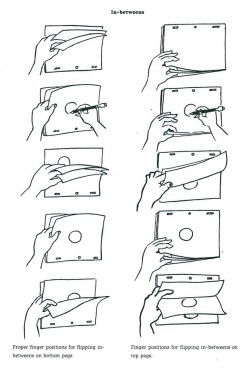
1. Building a lightbox - – - – - 2. Flipping and Rolling Animation - – - – - – - – - 4. How to Ink & Paint cels
It’s a practical little book, and is well worth checking out. (There are copies on Amazon that are incredibly inexpensive!)
Books &Illustration 13 Dec 2011 07:05 am
Christmas Cards
- This past Saturday, hundreds of 20 and 30-somethings filled the streets of Manhattan dressed as Santa. Apparently they were somehow raising money for “Toys for Tots” by bar-hopping in the Santa uniform (many of them very makeshift). I don’t know how it worked, though it felt a bit like the Christmas version of St. Patrick’s Day (without the parade.) A lot of white guys inebriated.
Regardless. The proliferation of Santa’s, however, reminded me of a Christmas card I did back in 1978. The card was picked up by Steven Heller and used in a book he edited called Artist’s Christmas Cards. (I always thought it should have been called Illustrator’s Christmas Cards, though I have to admit that I’d call two or three in the book “Artists”.) There was no pay for it, but there was the enjoyment of having my card connected to some great company.
I thought it’d be interesting to post a few of the cards in the book. So here we have them:
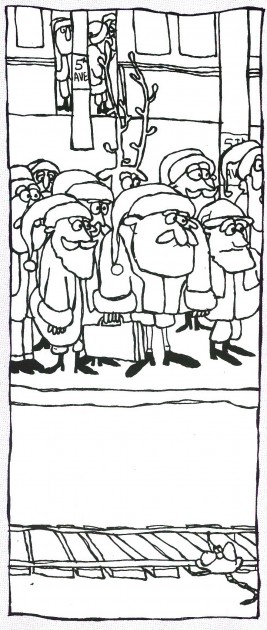
Here’s MY card that reminded me
of Saturday’s funfest.

The original book’s cover with a card by
Paul Degen gracing the red face of the book.
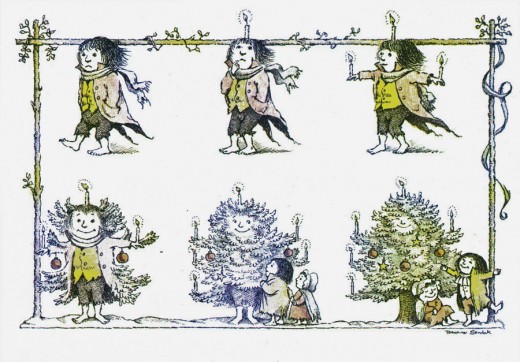
This MAURICE SENDAK card would later become the
animated opening to Simple Gifts, a show for which
I acted as Asst Director for R.O. Blechman in 1978.
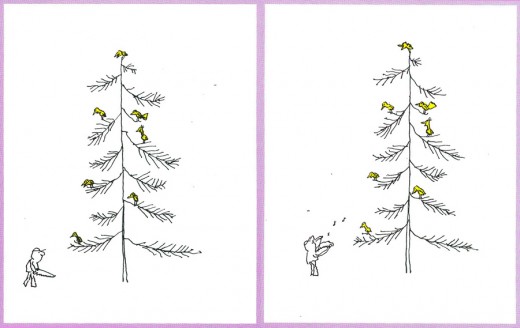
BLECHMAN’s card, which he turned into an animated
I.D. spot for CBS – which has become very visible on the net.
